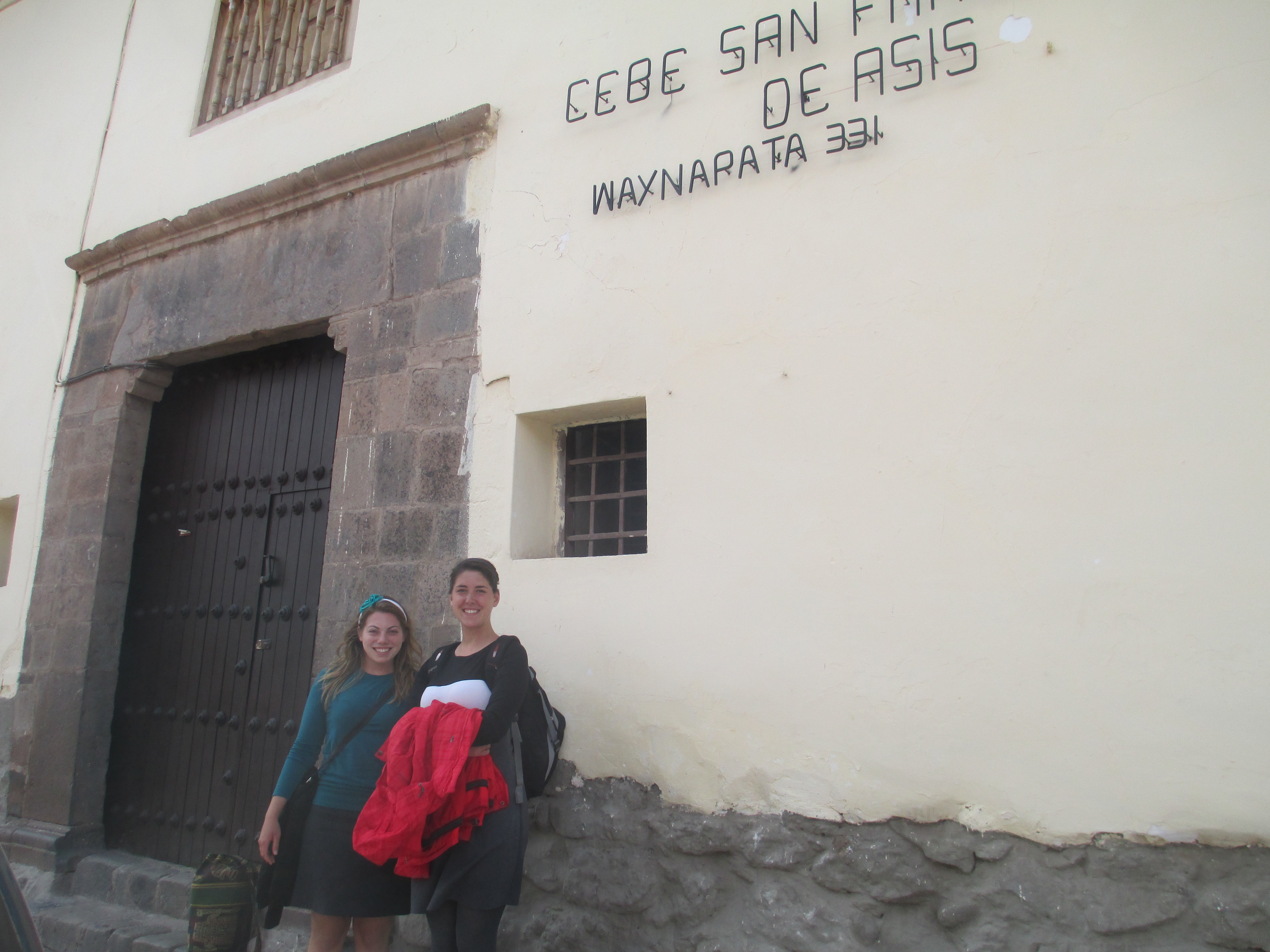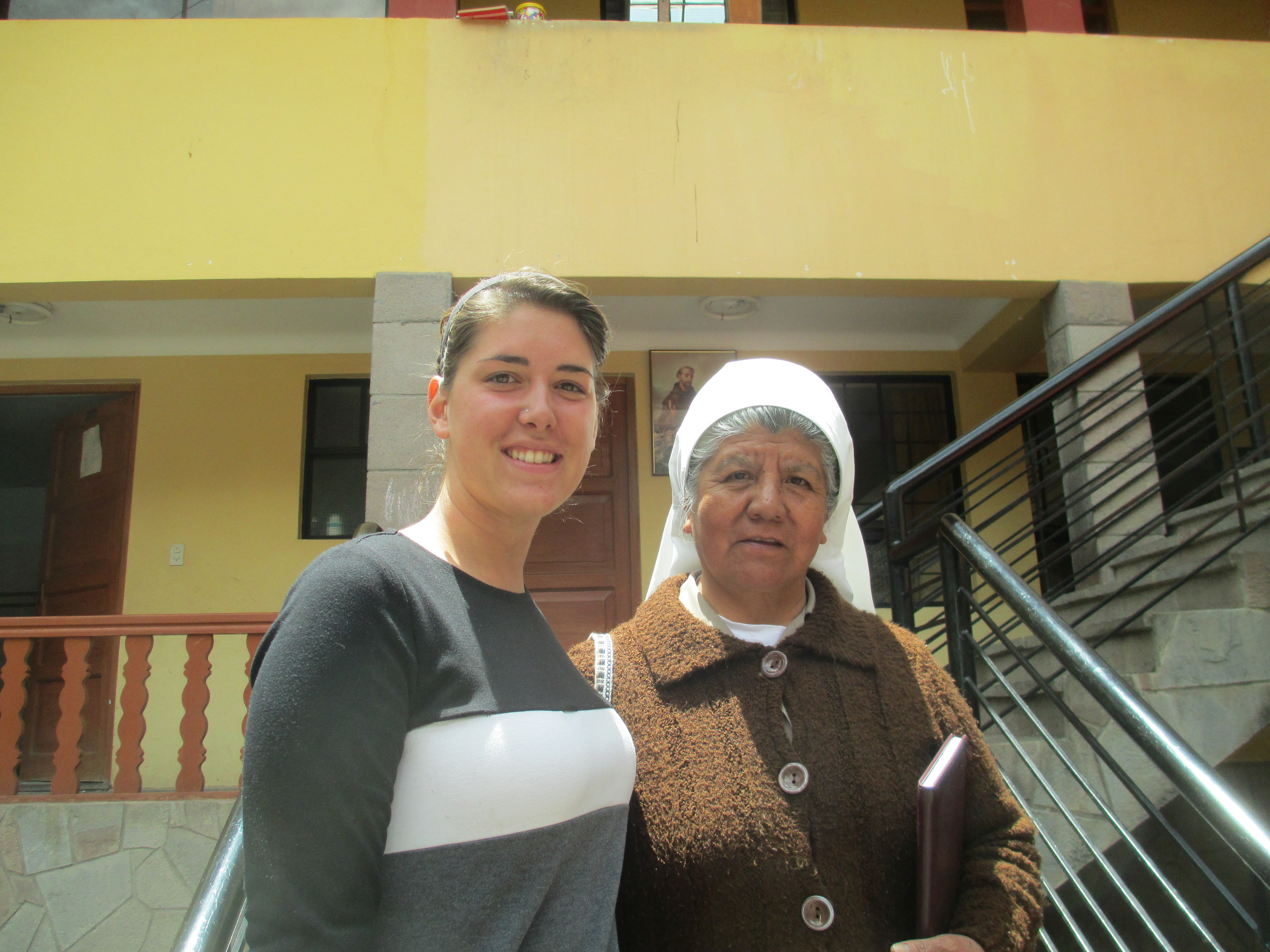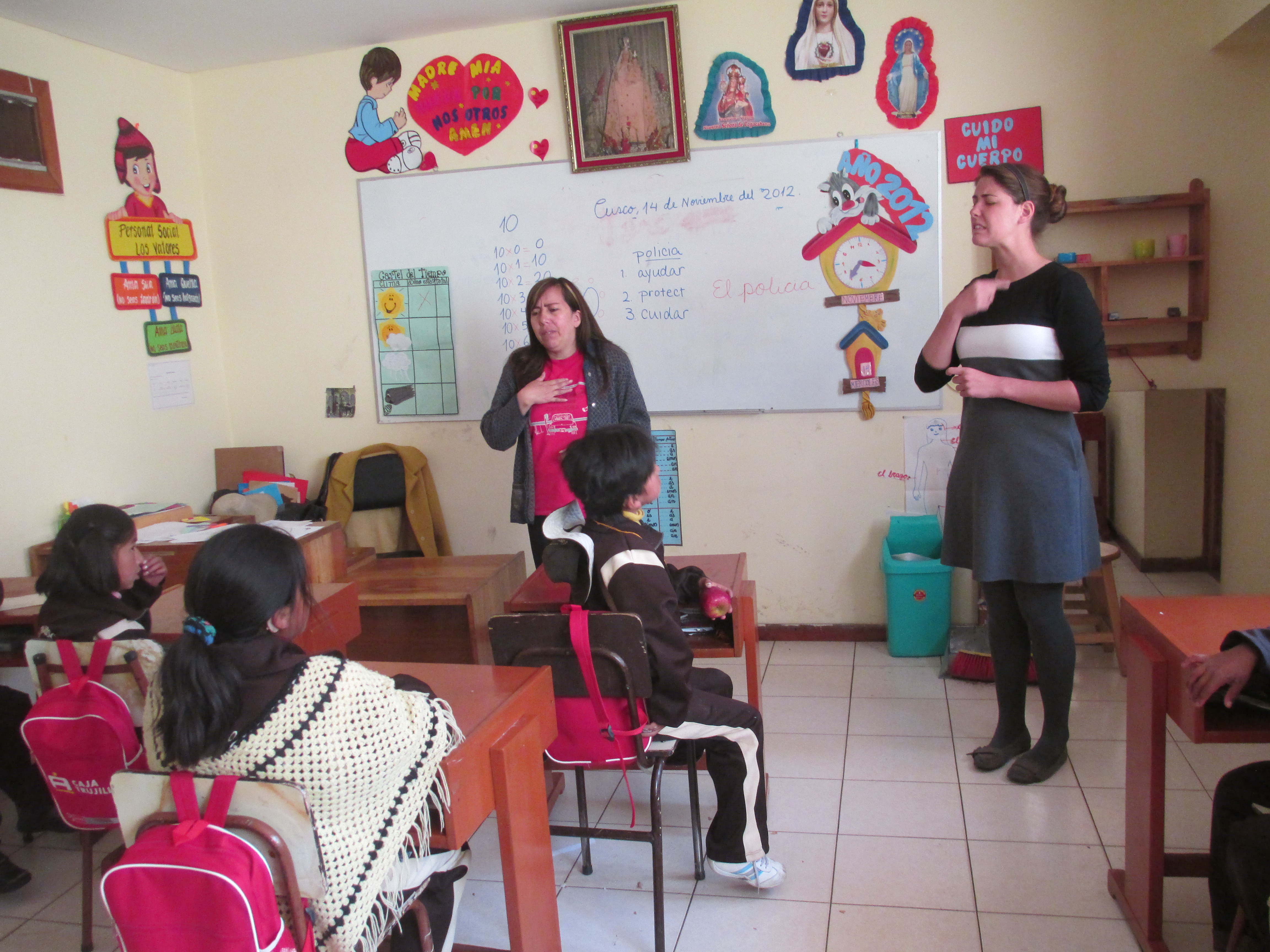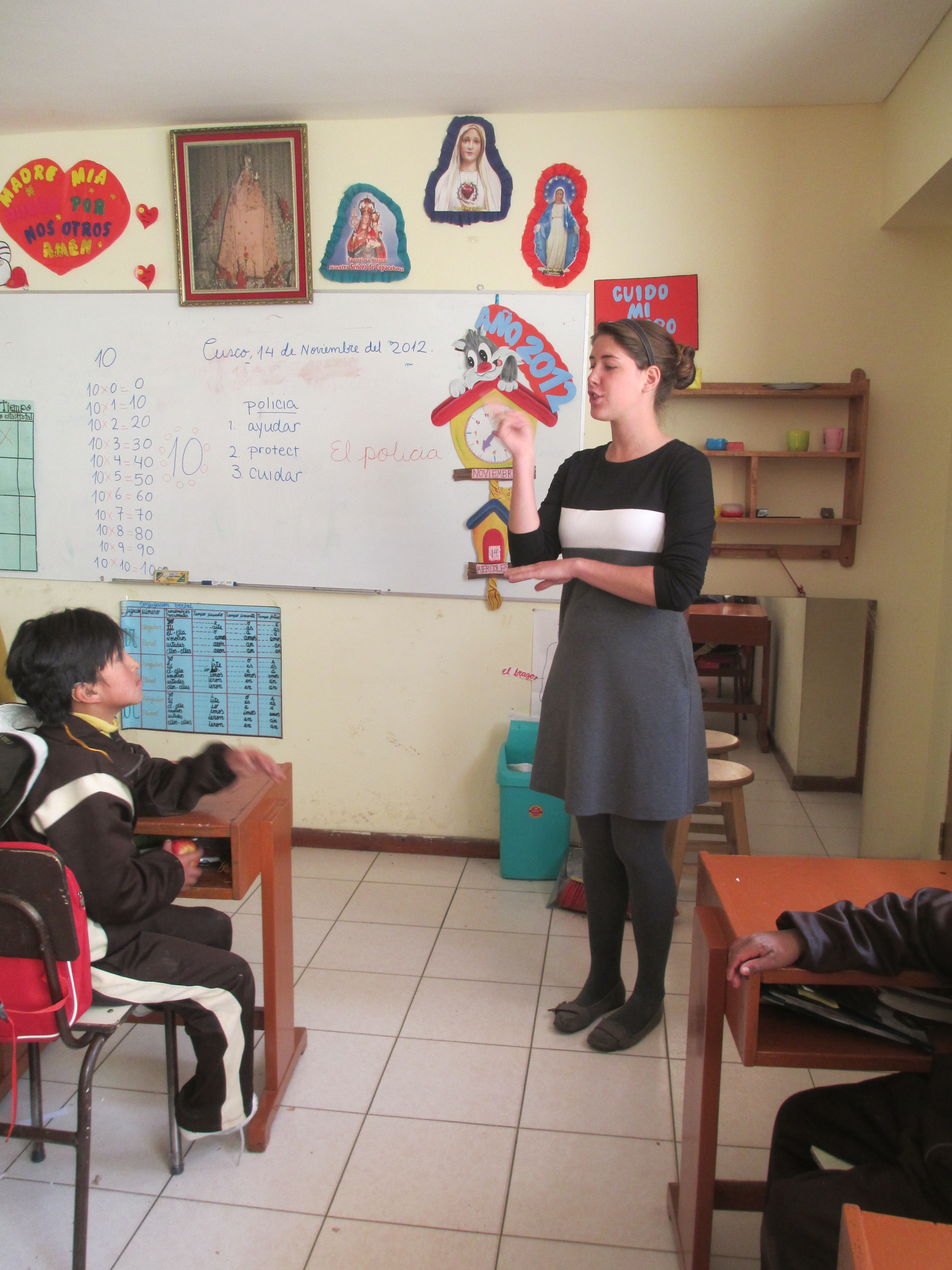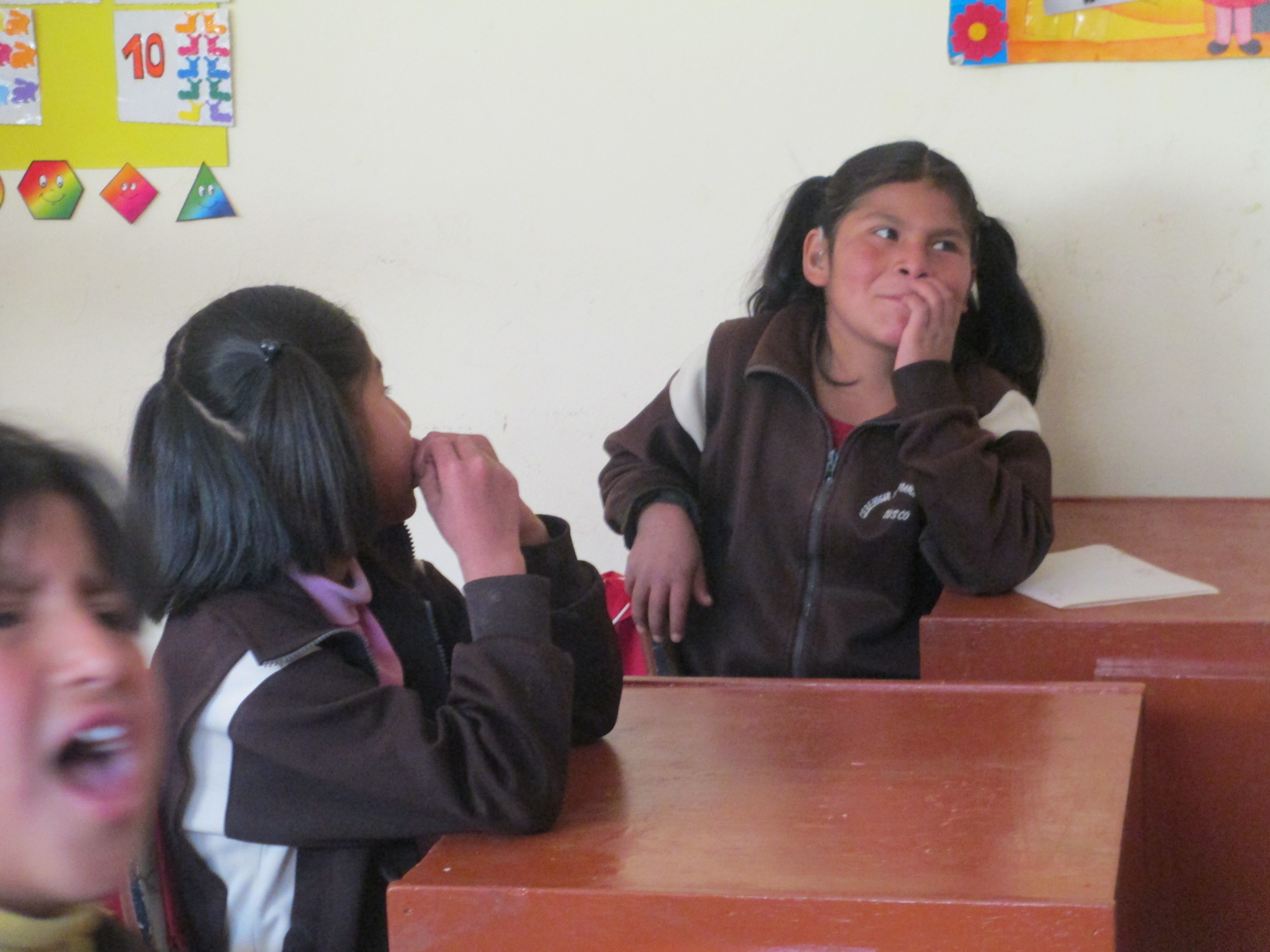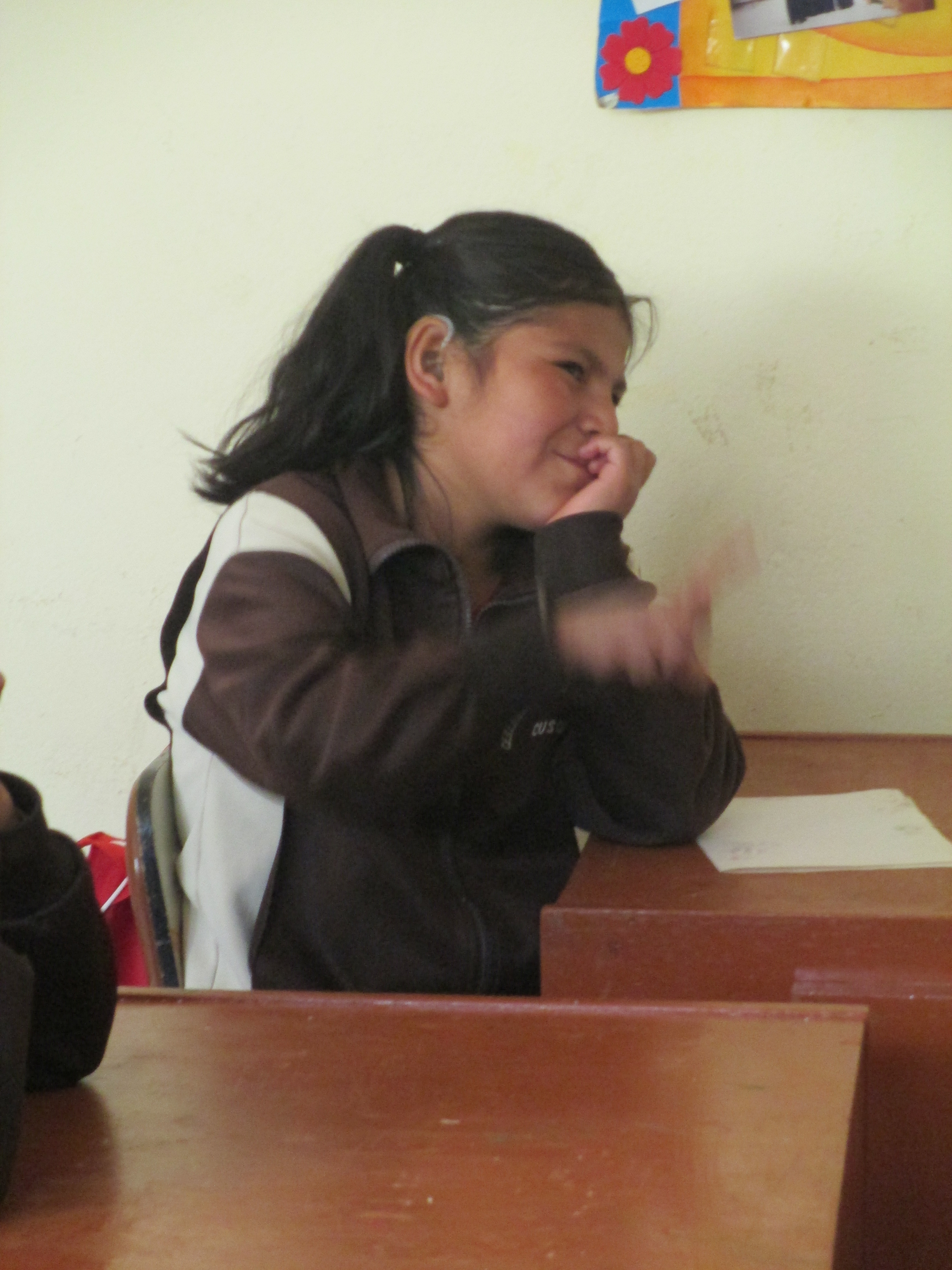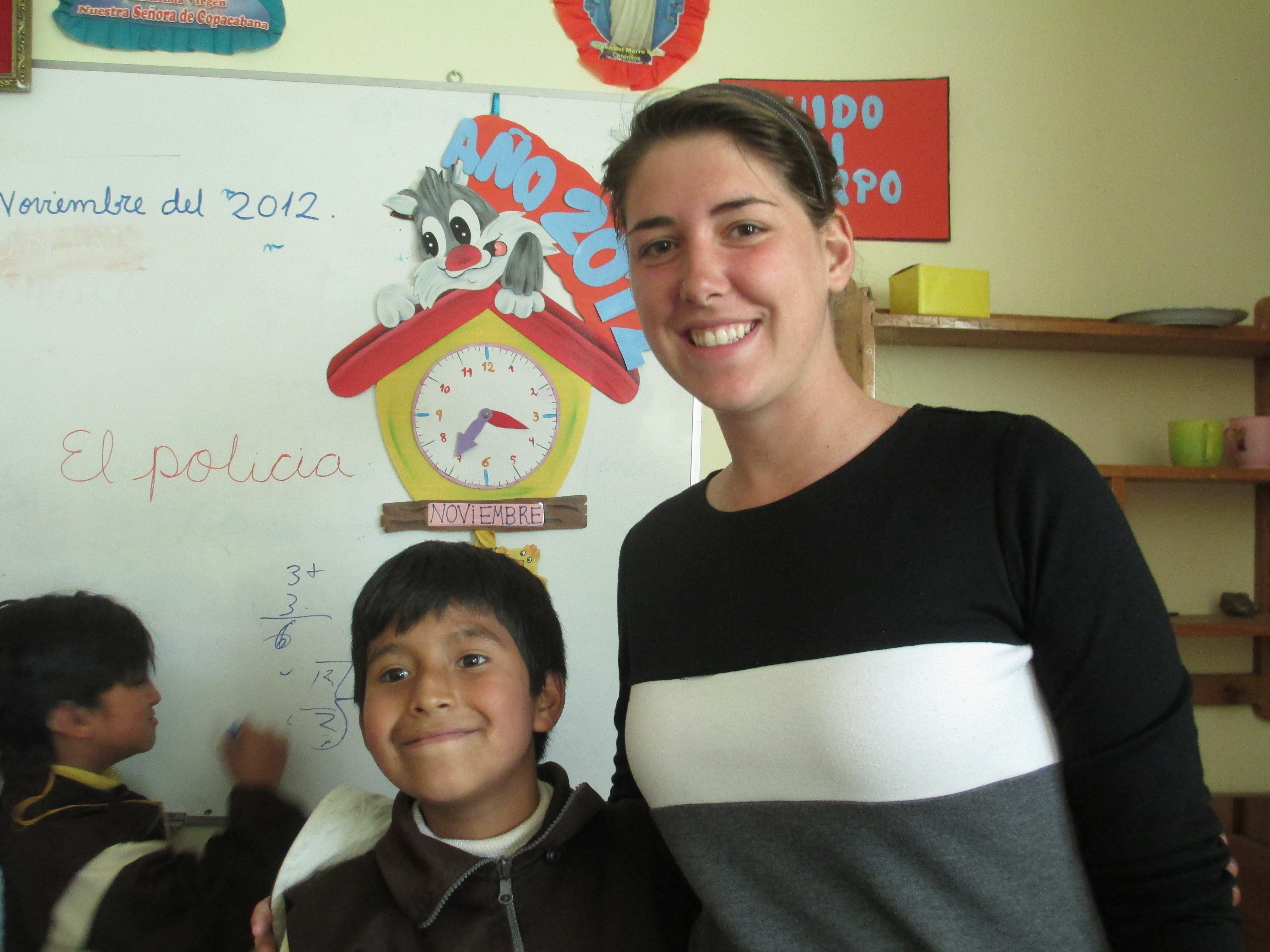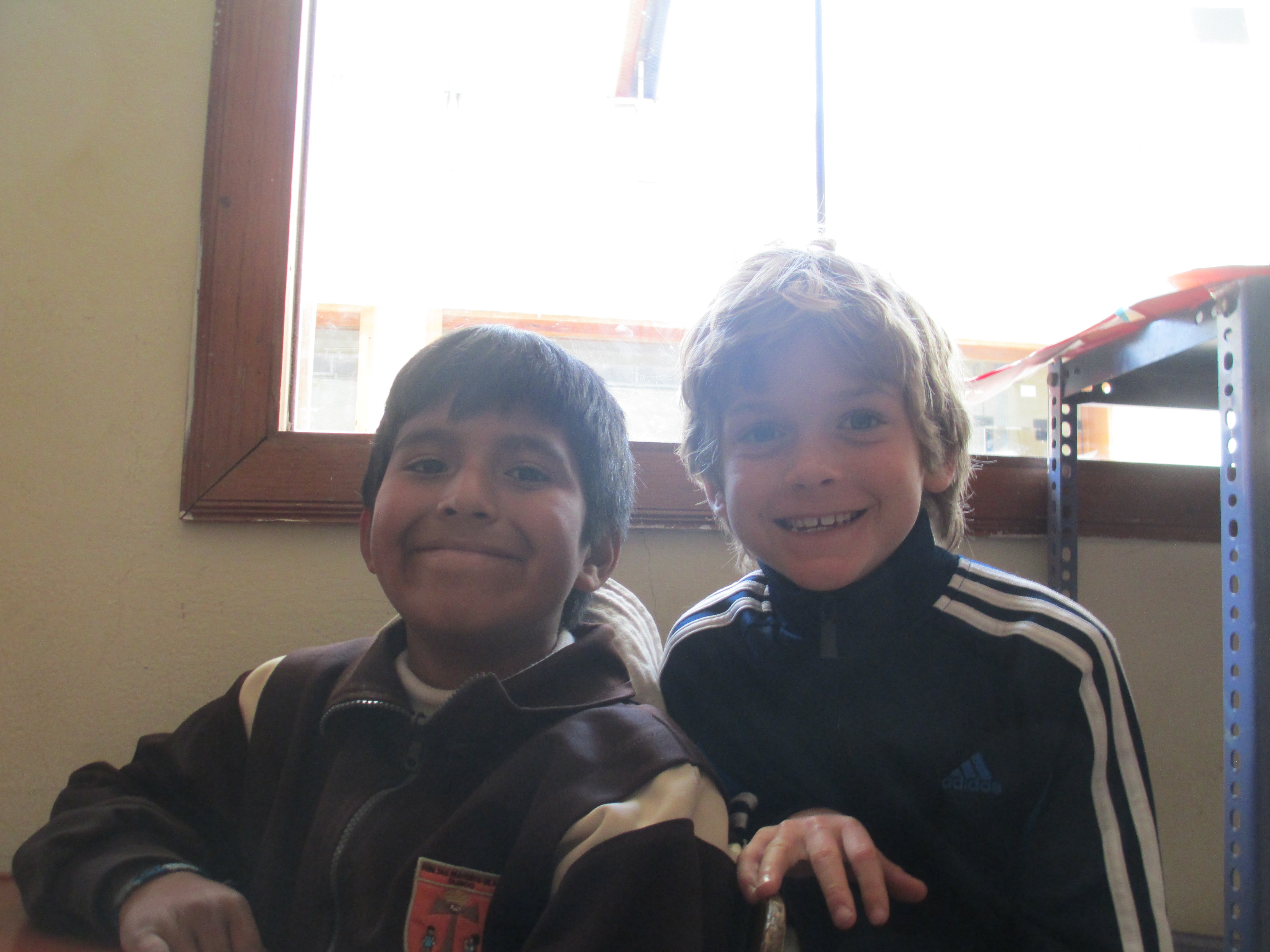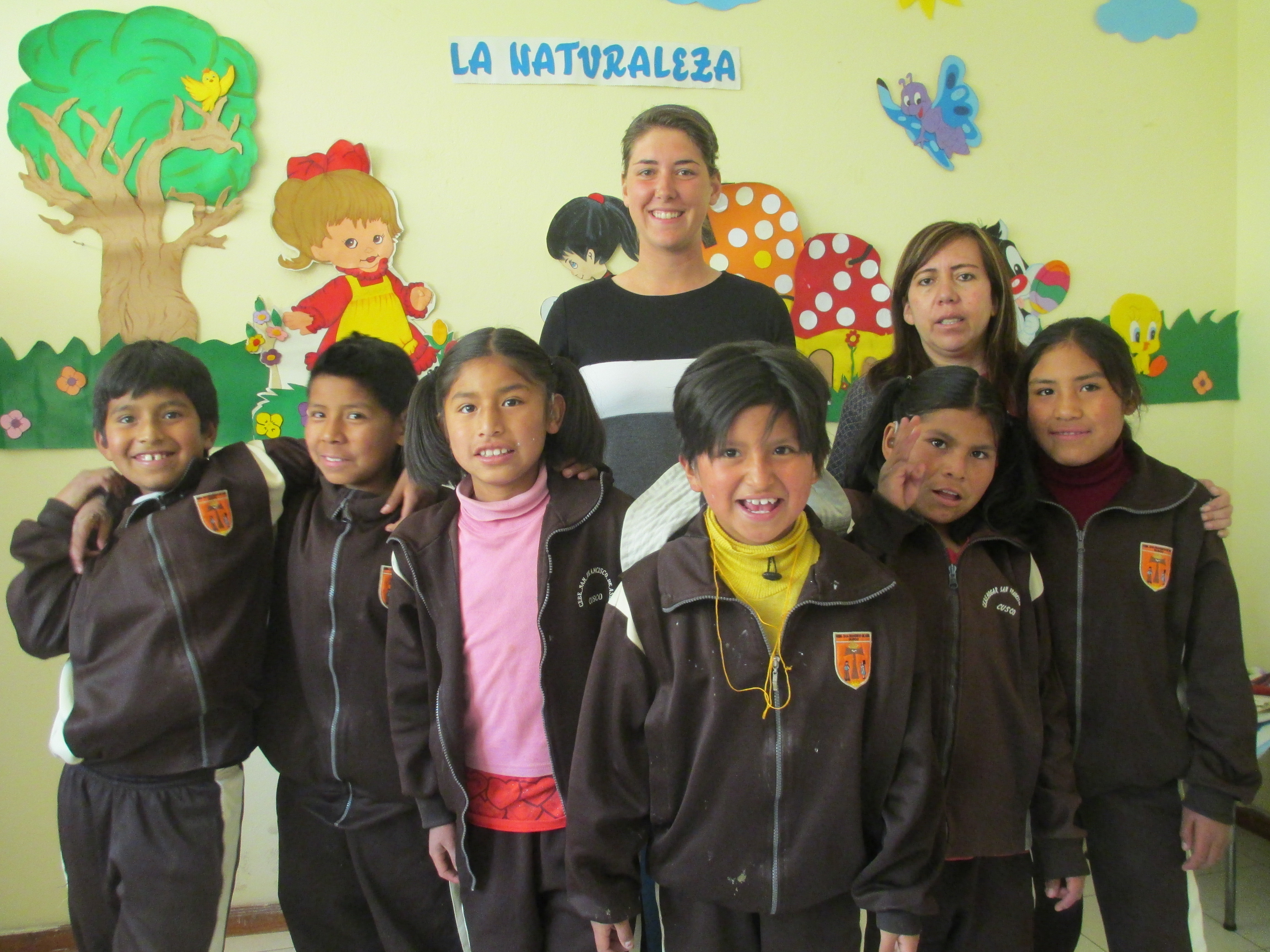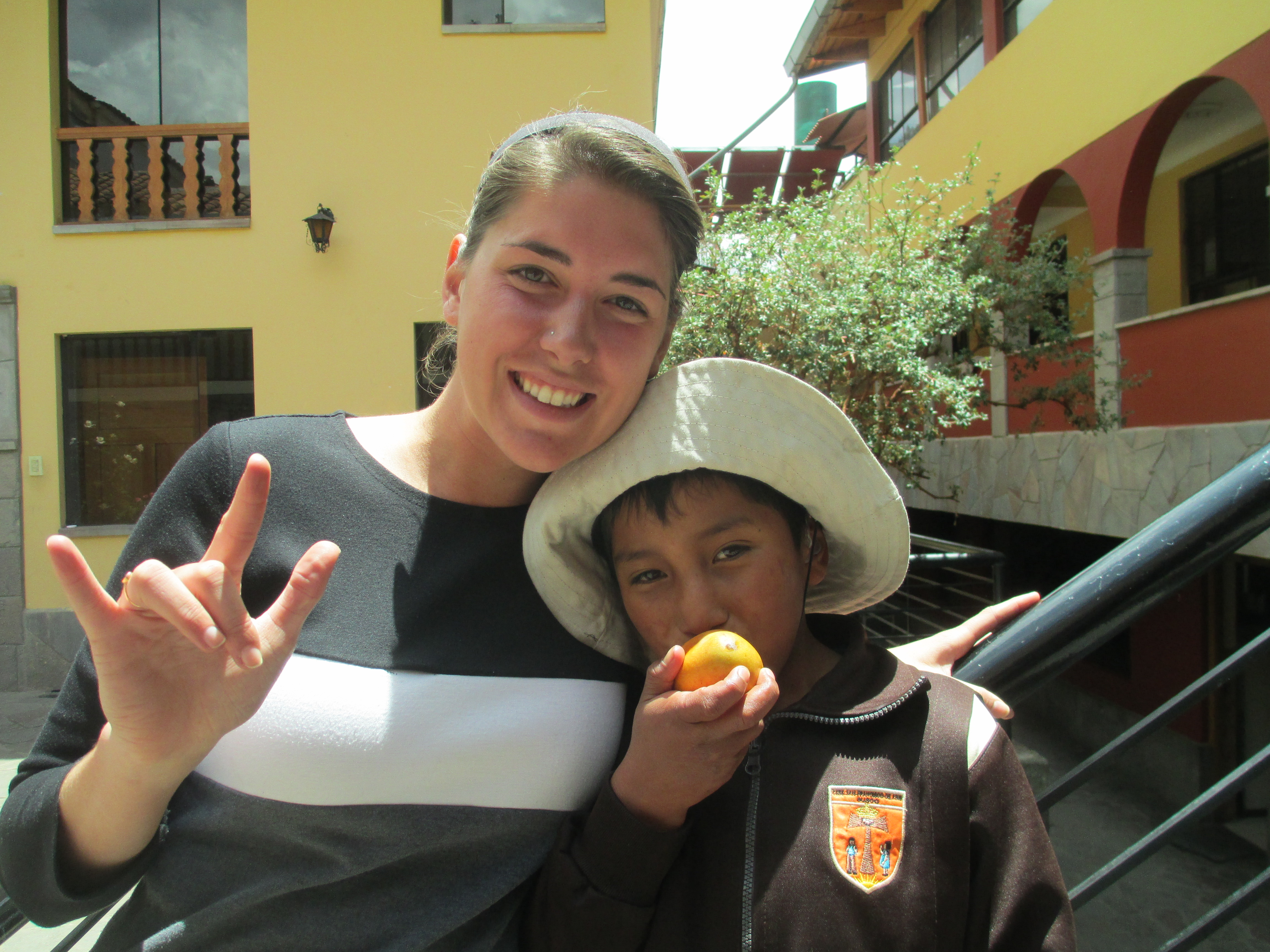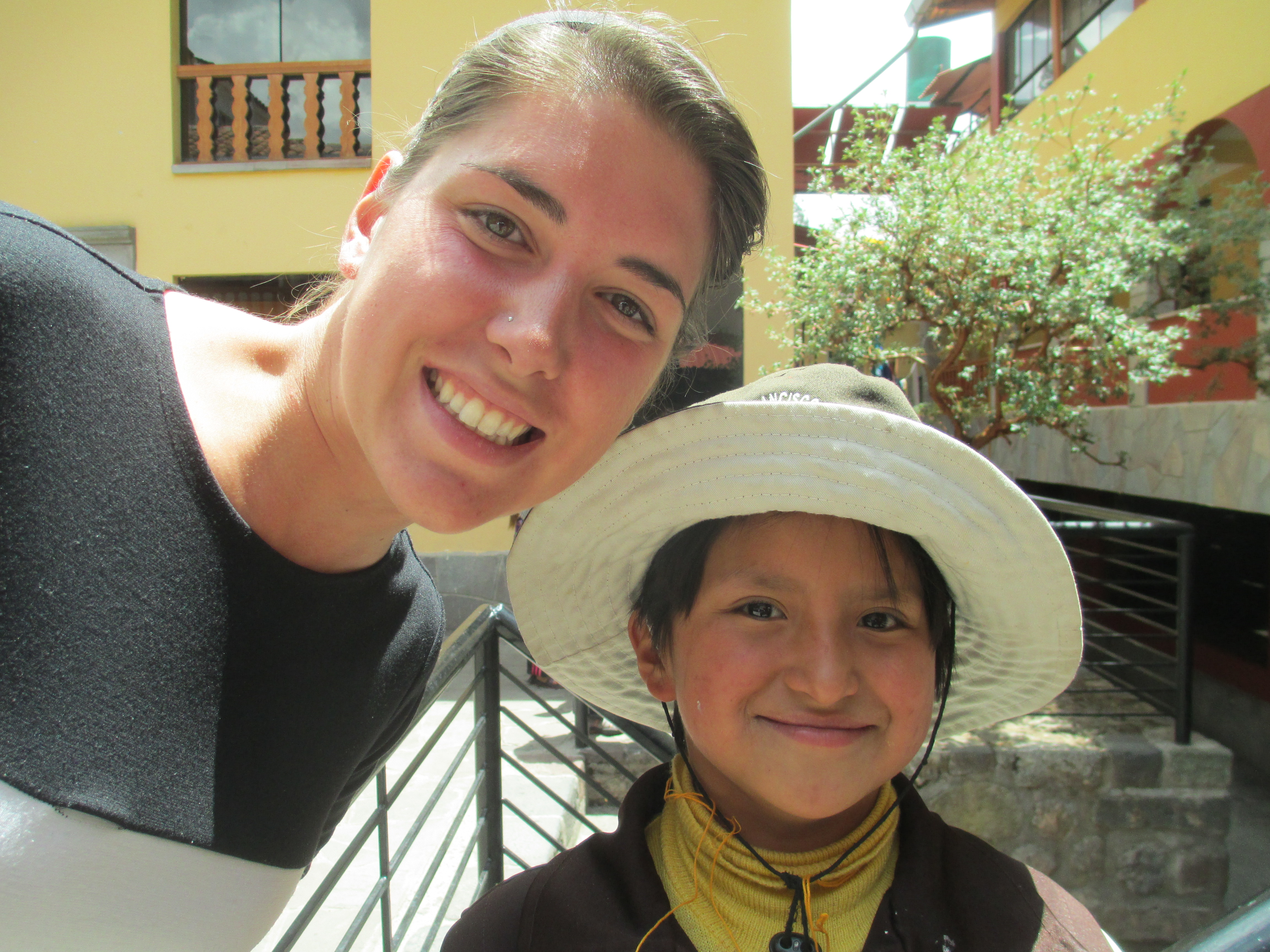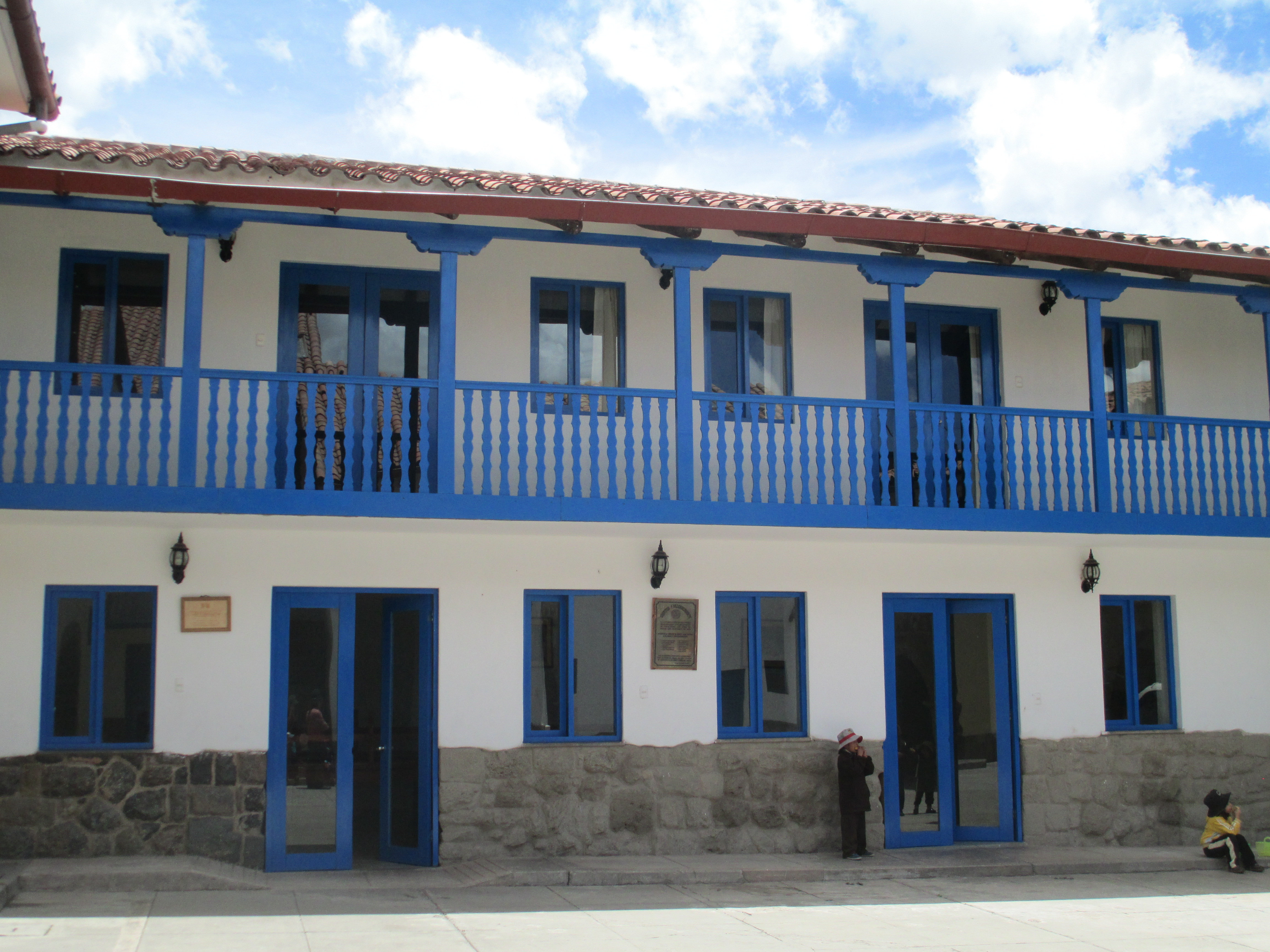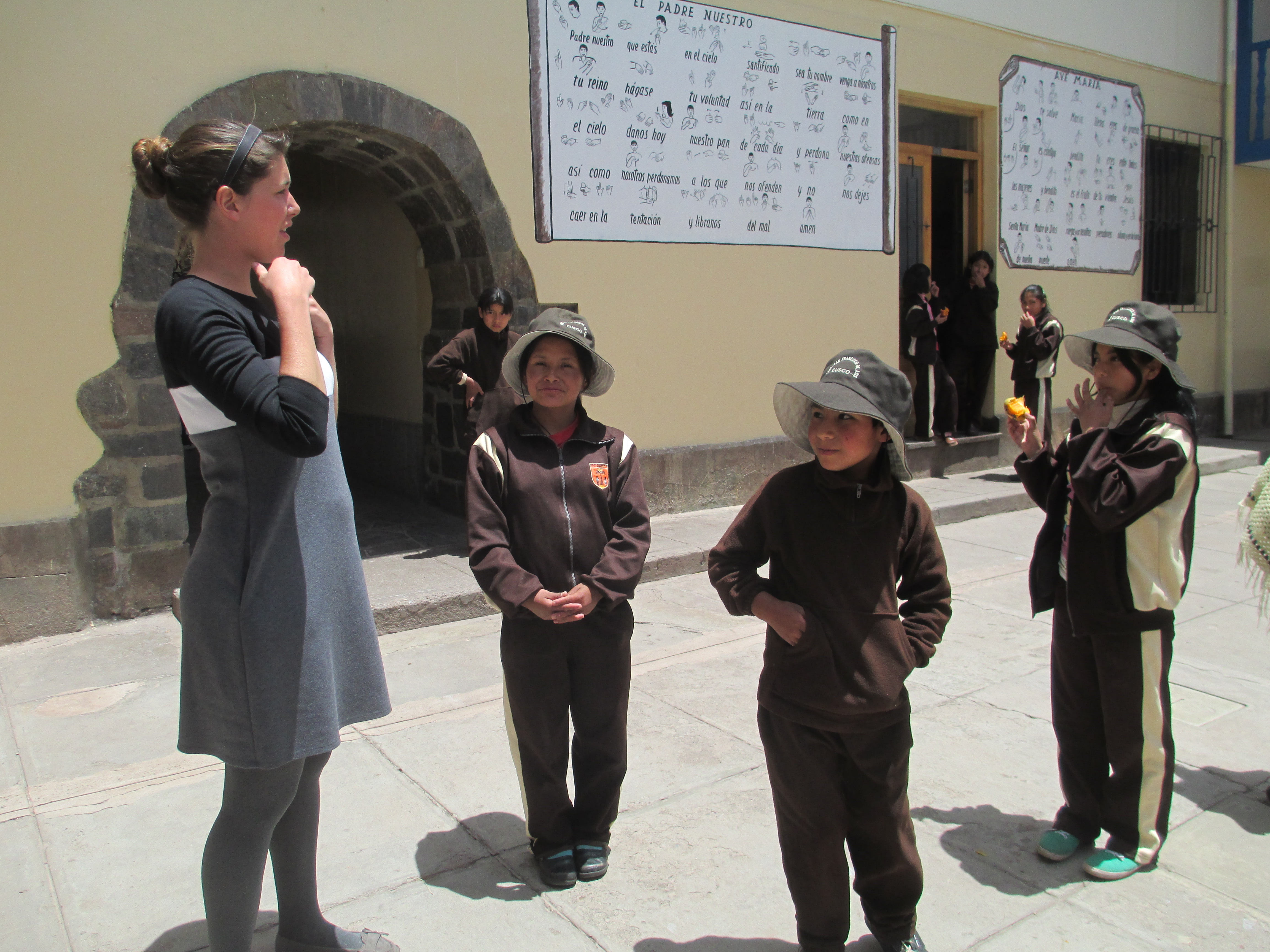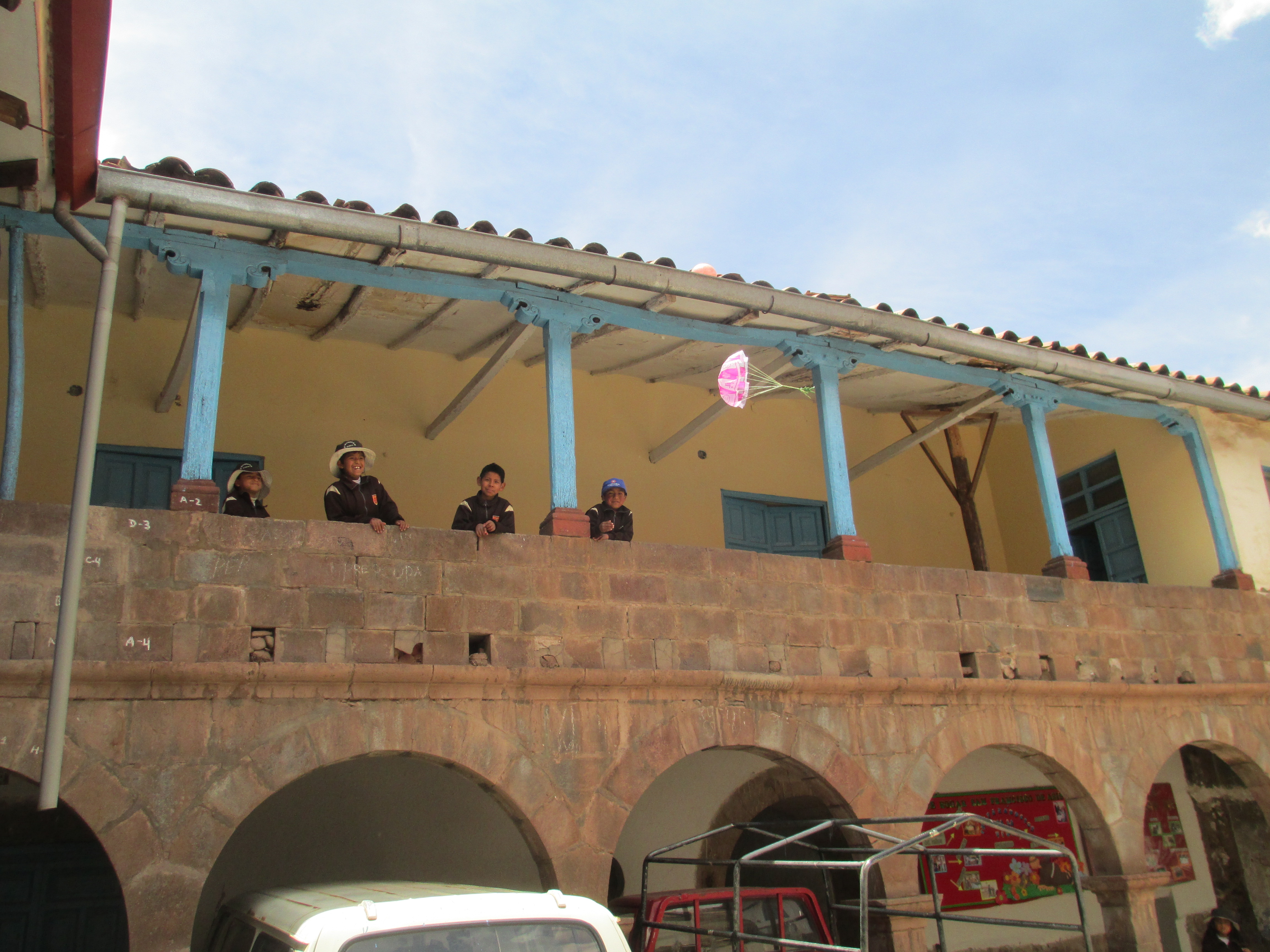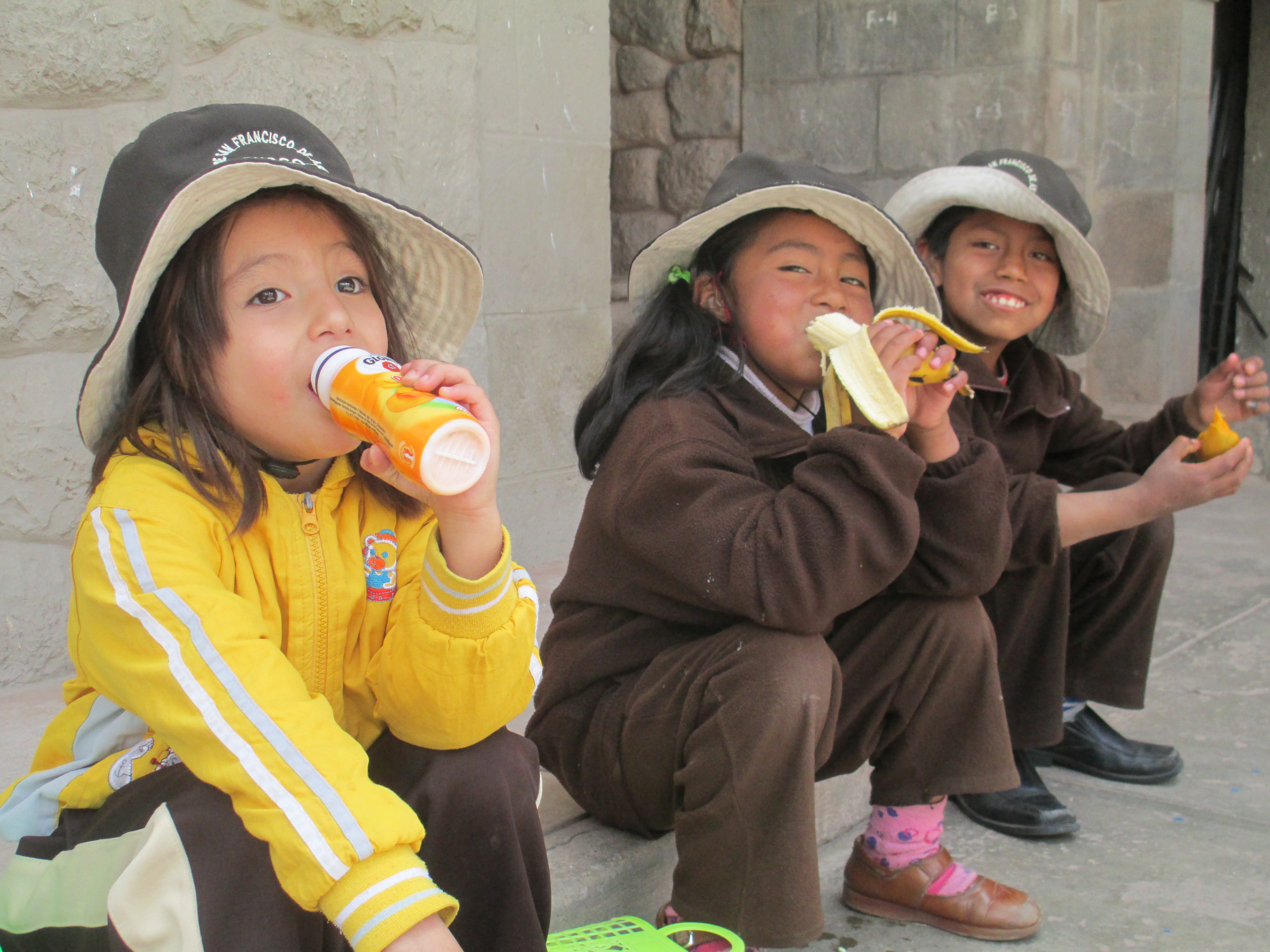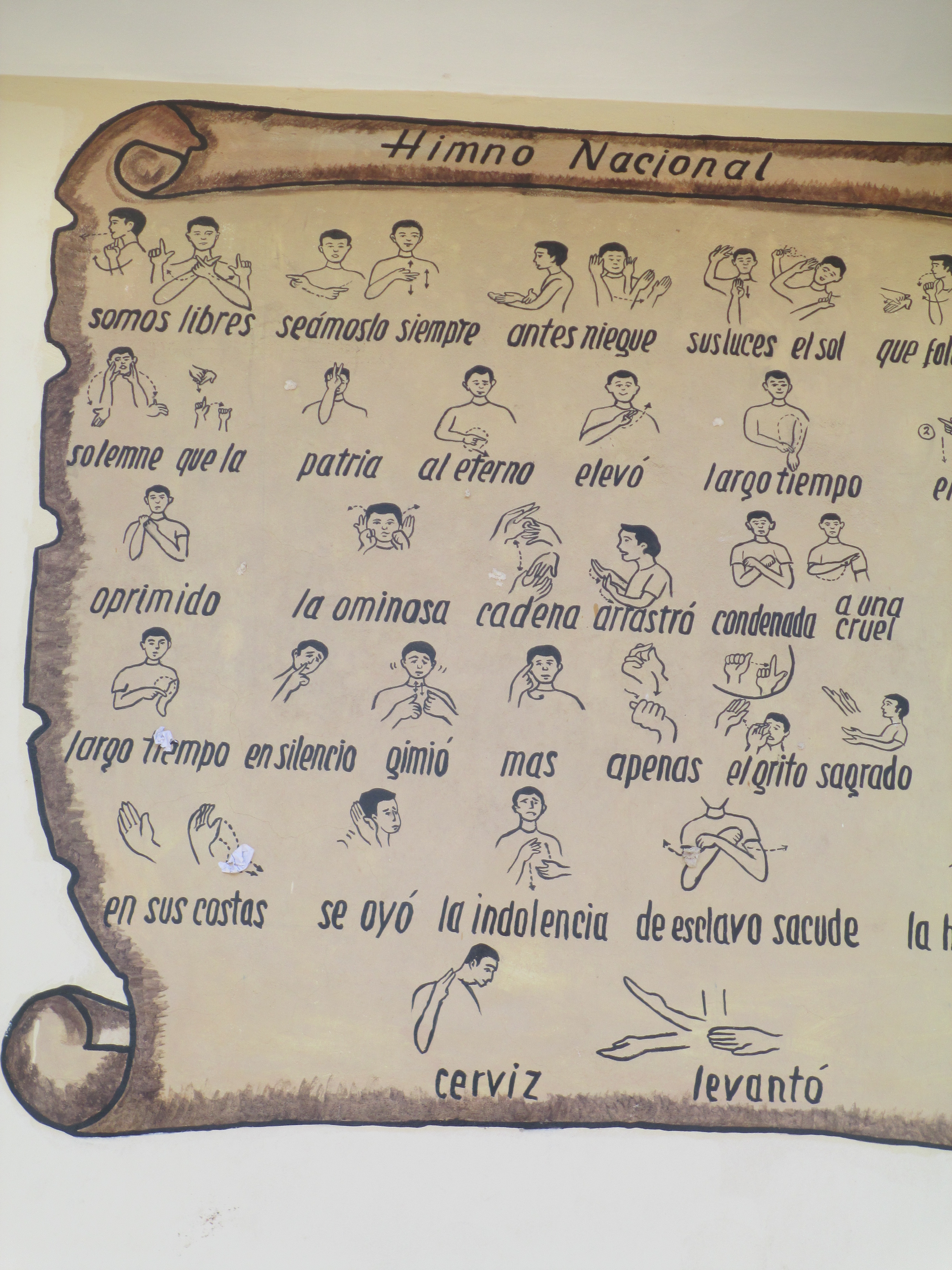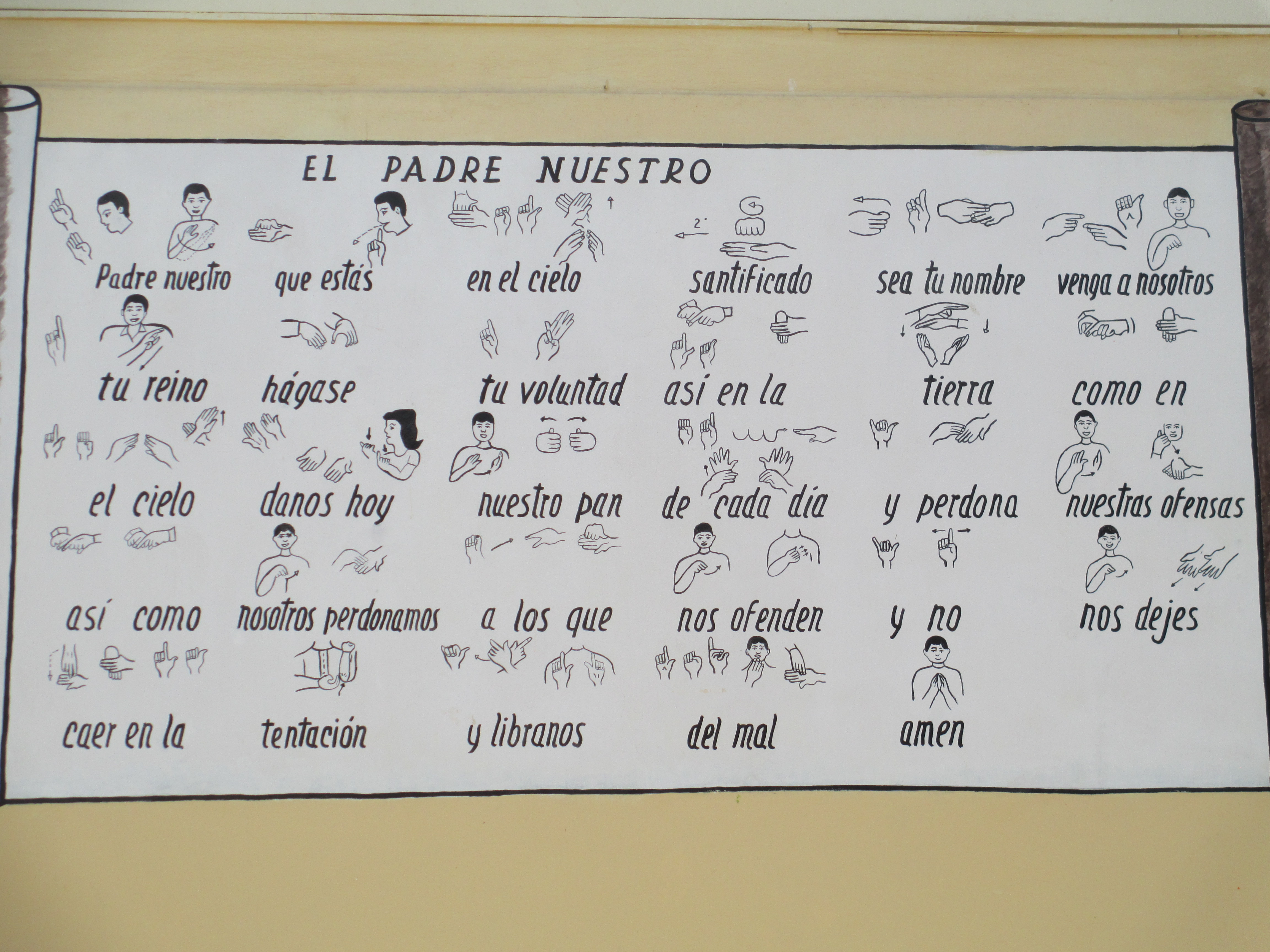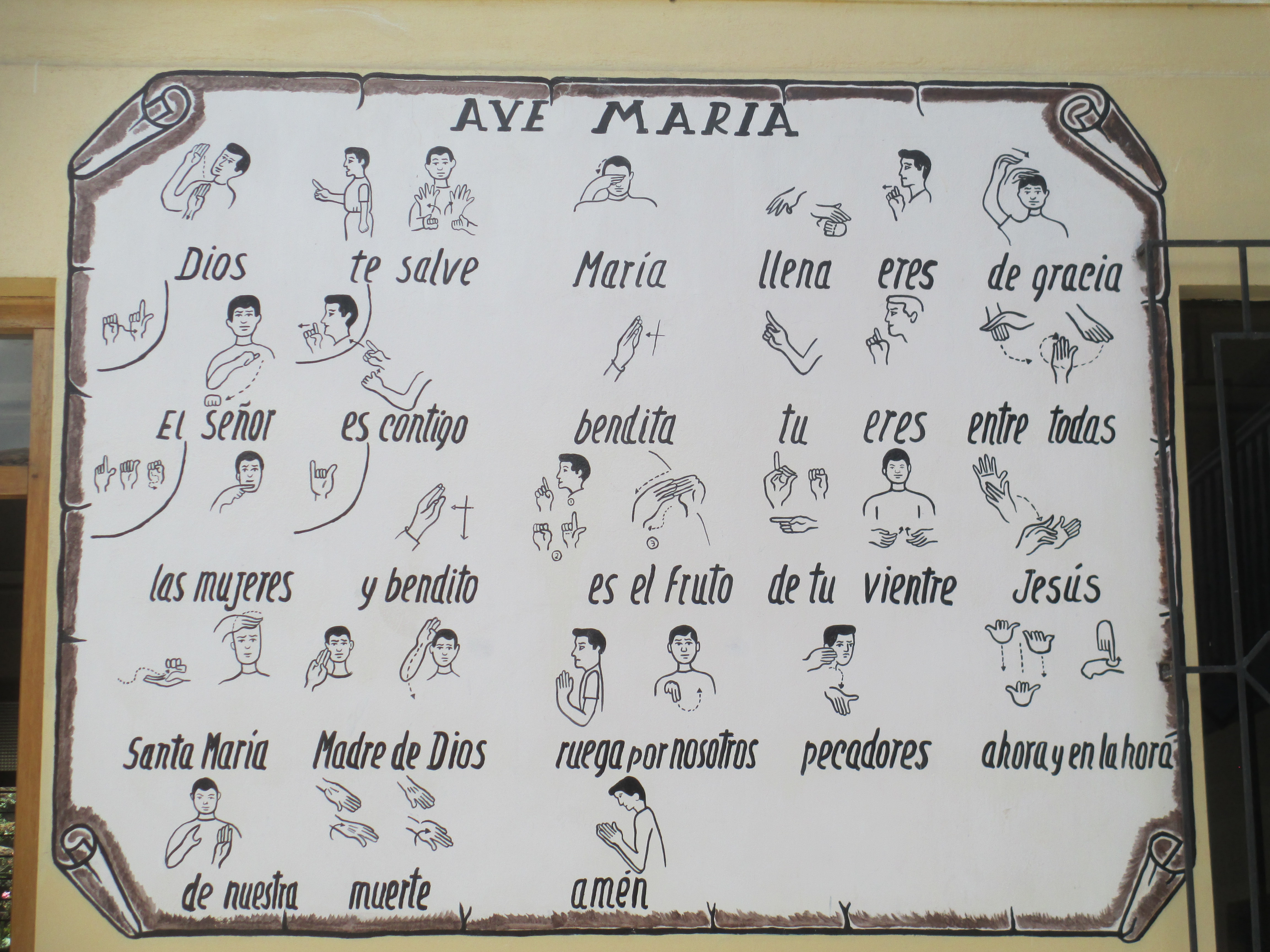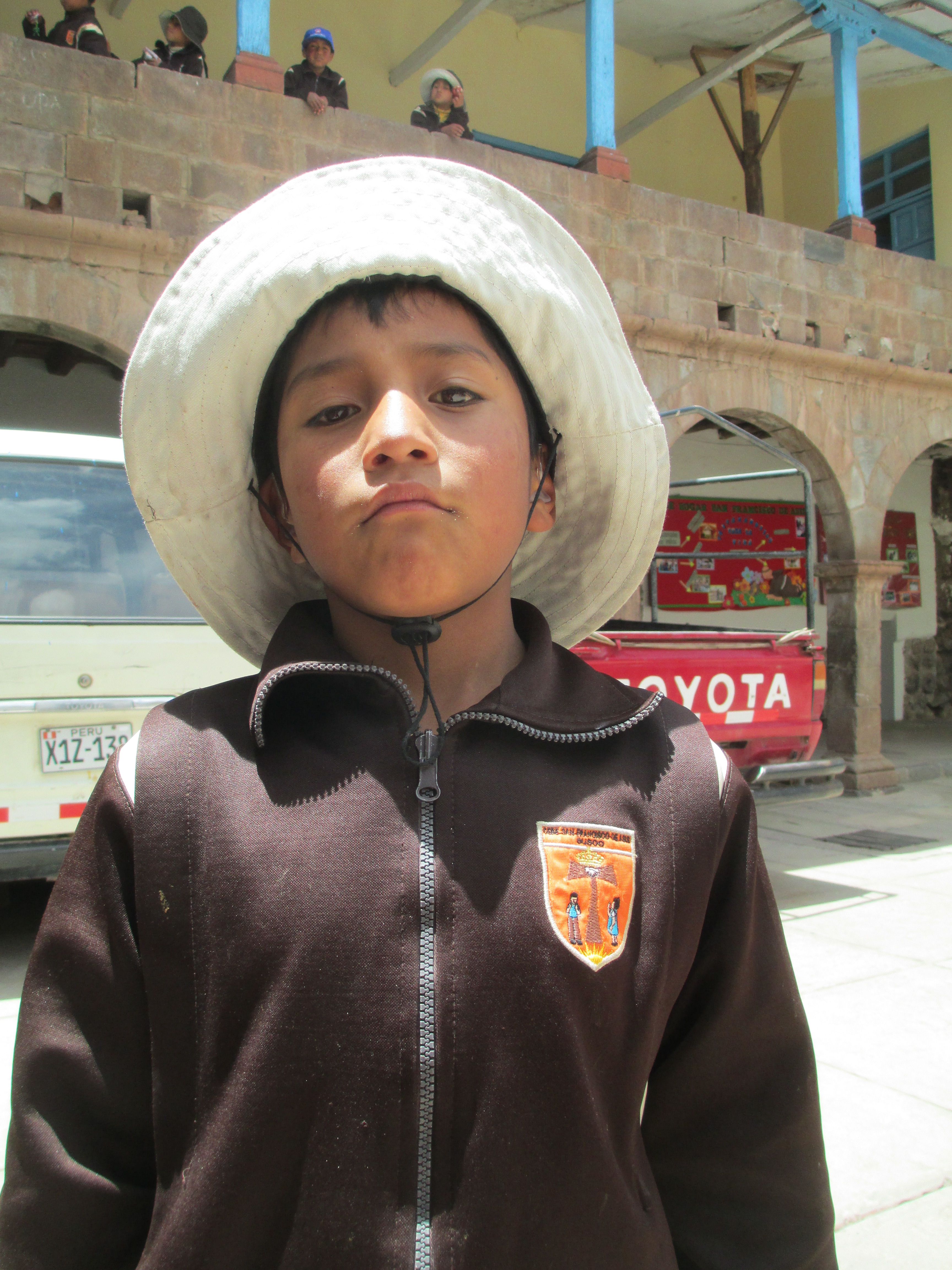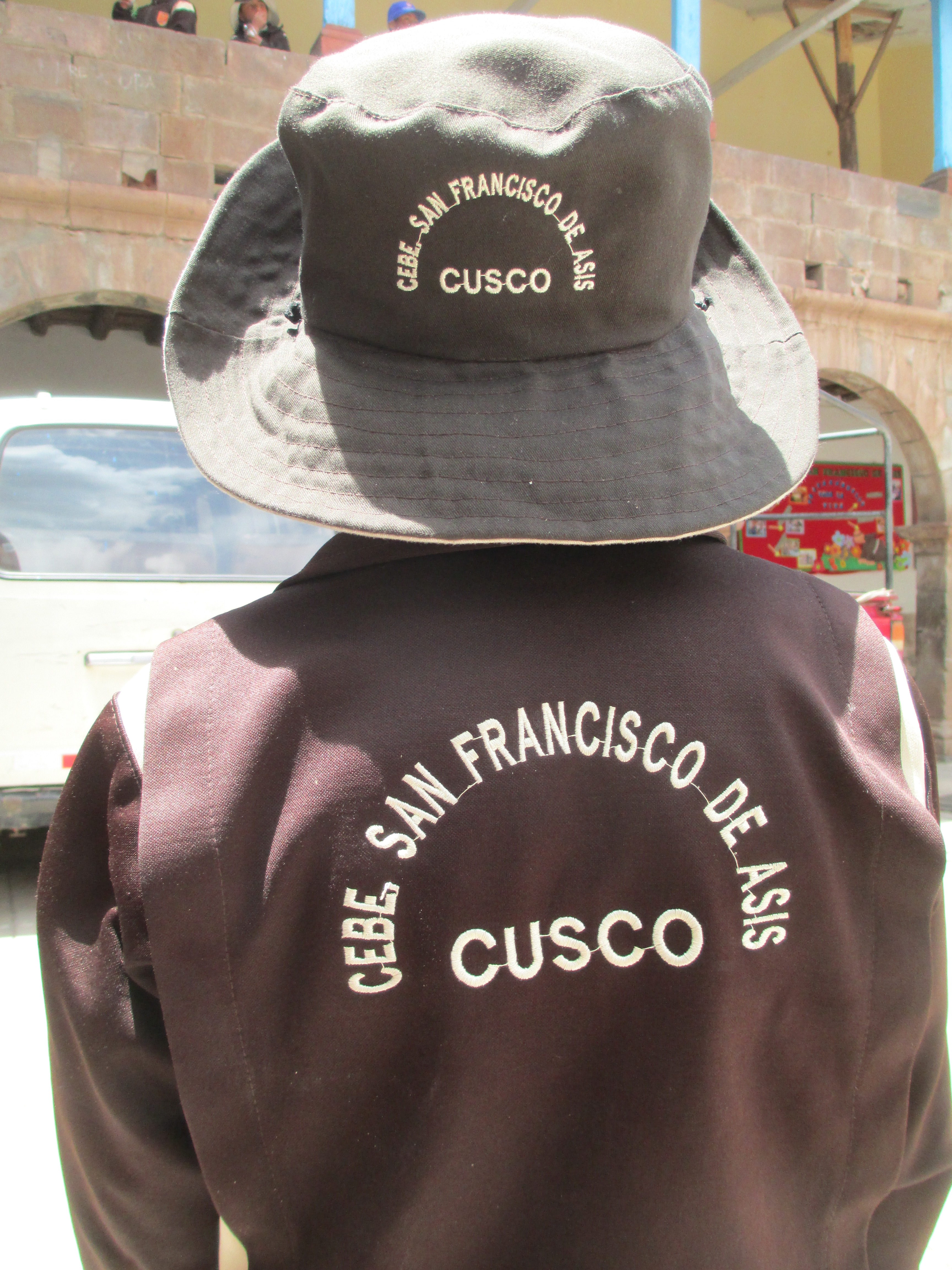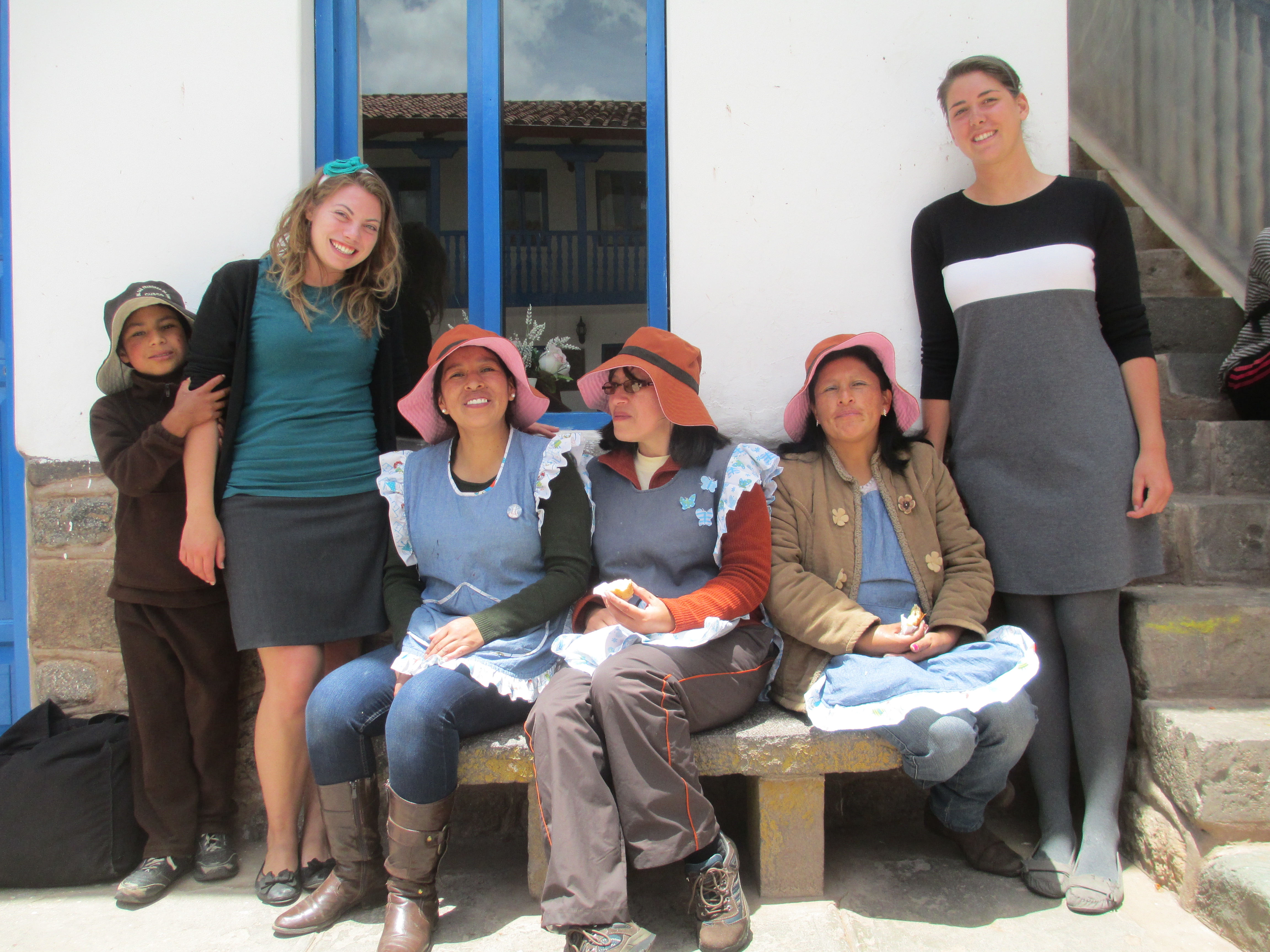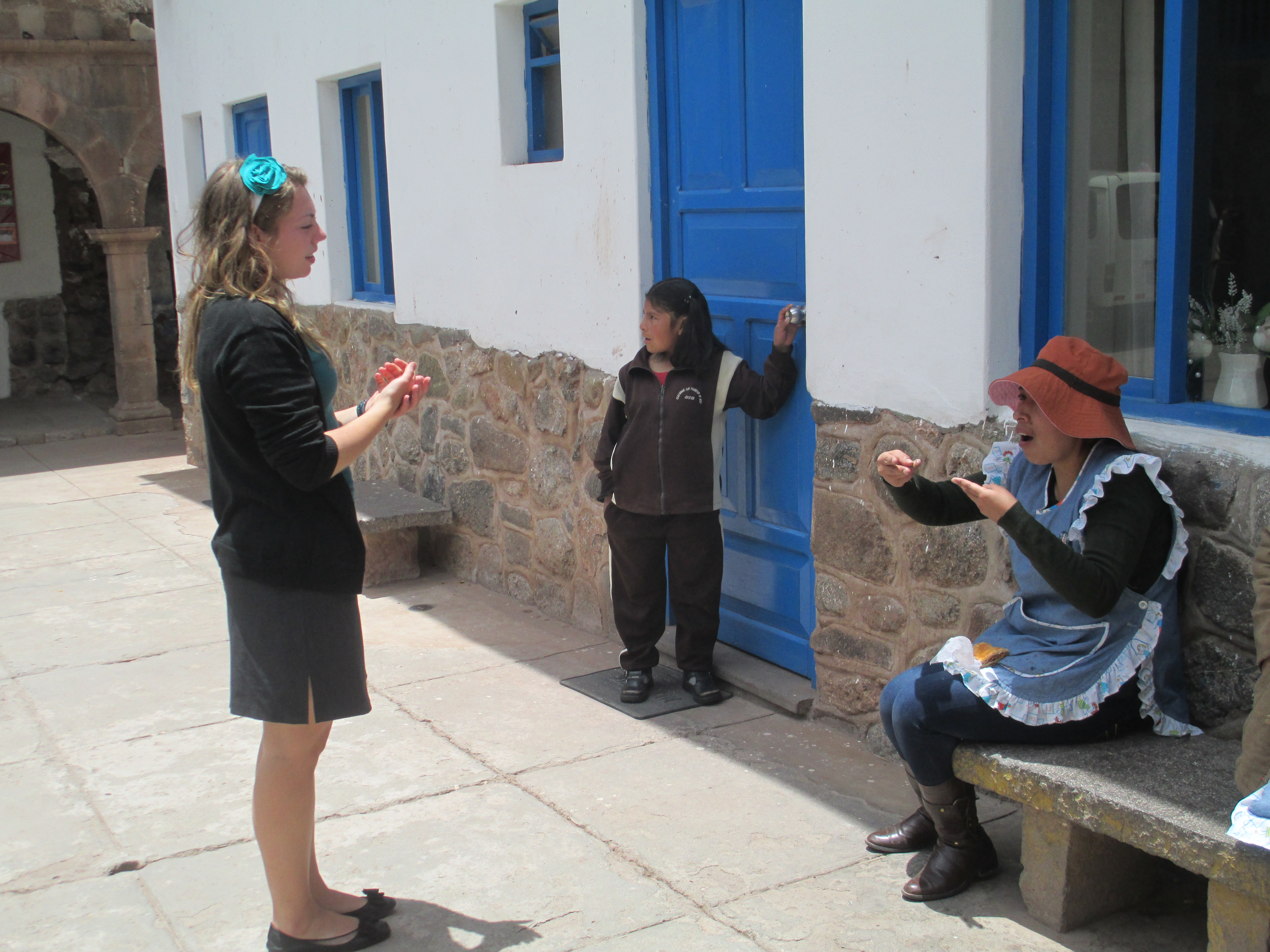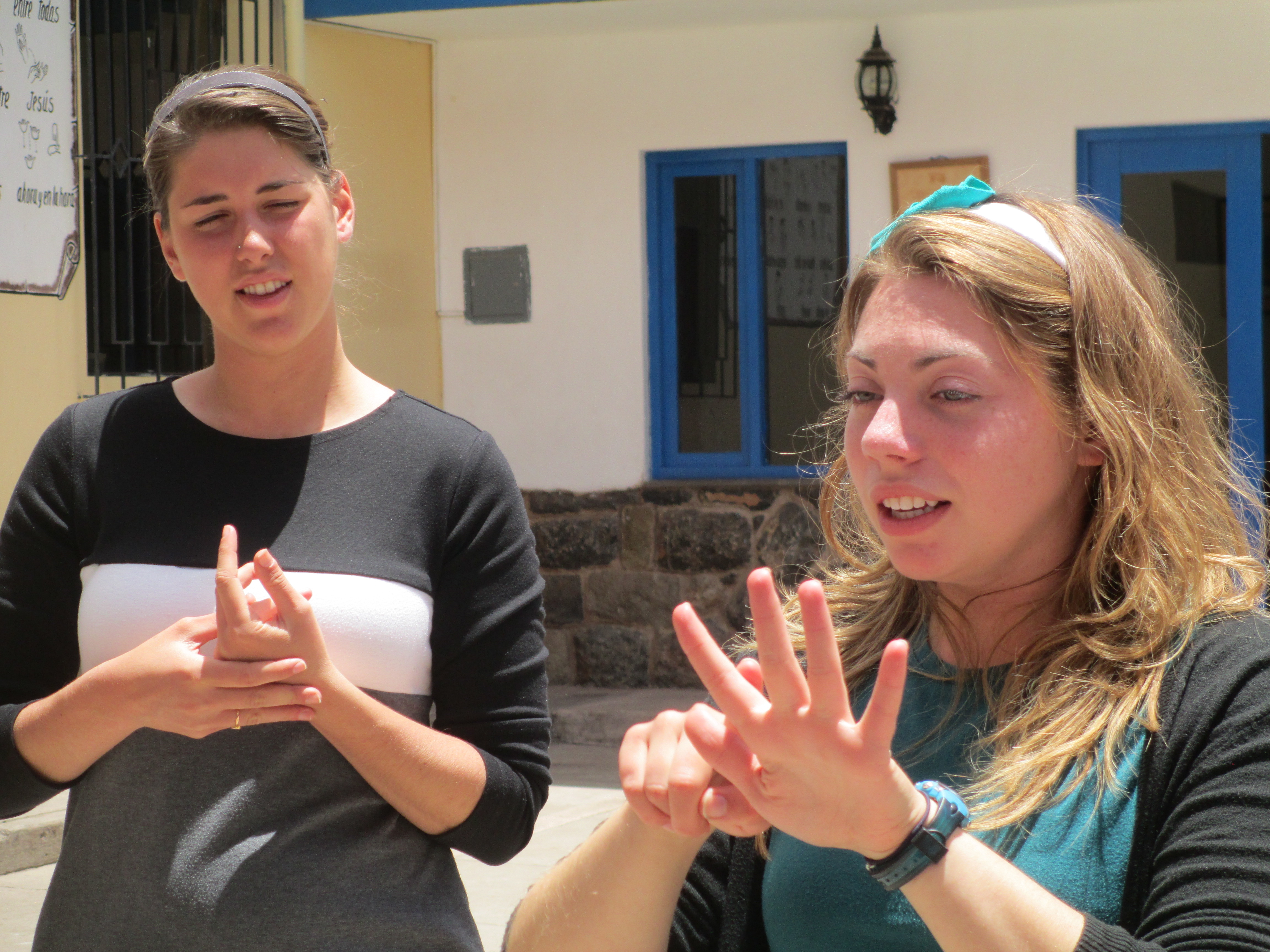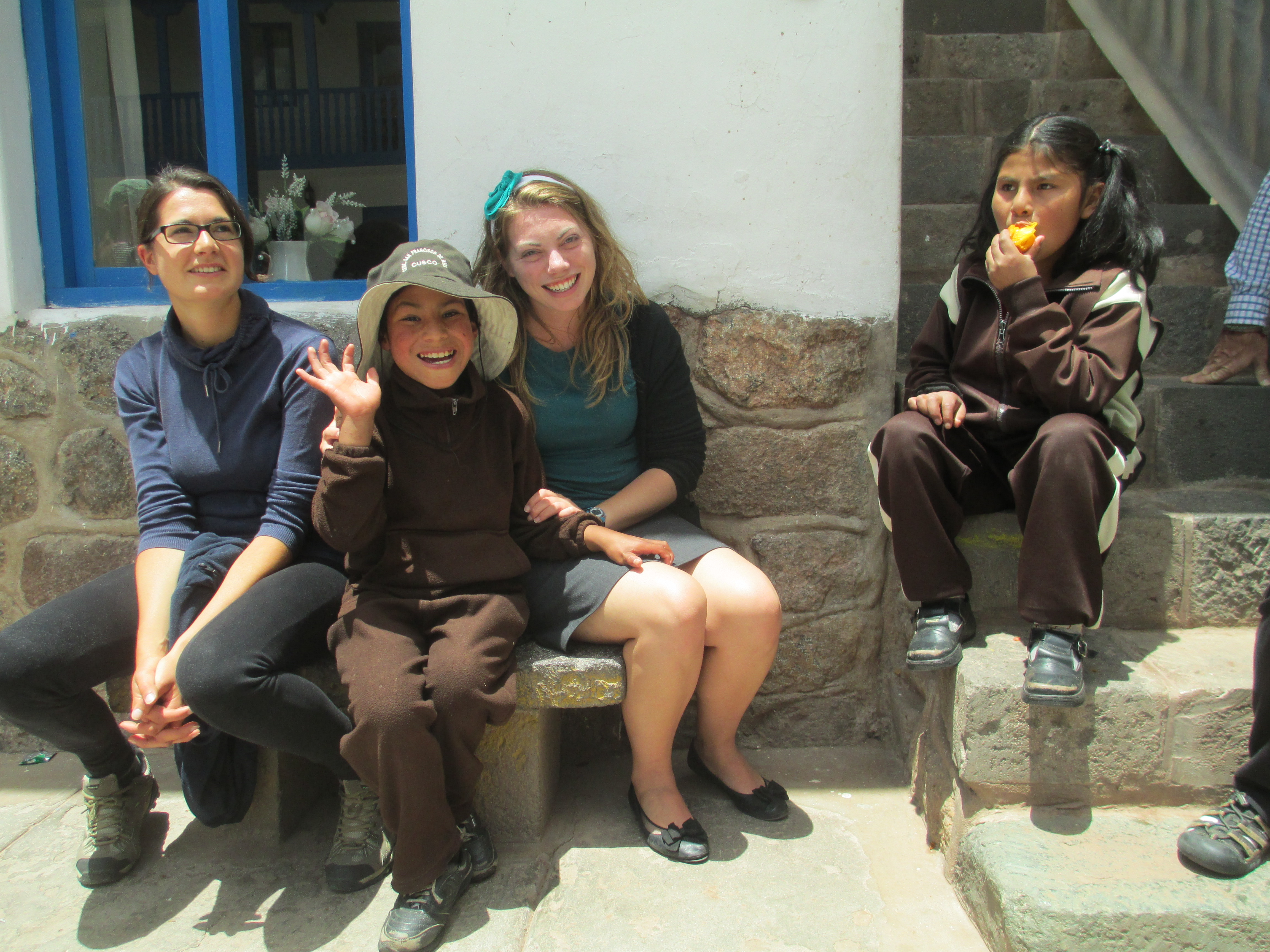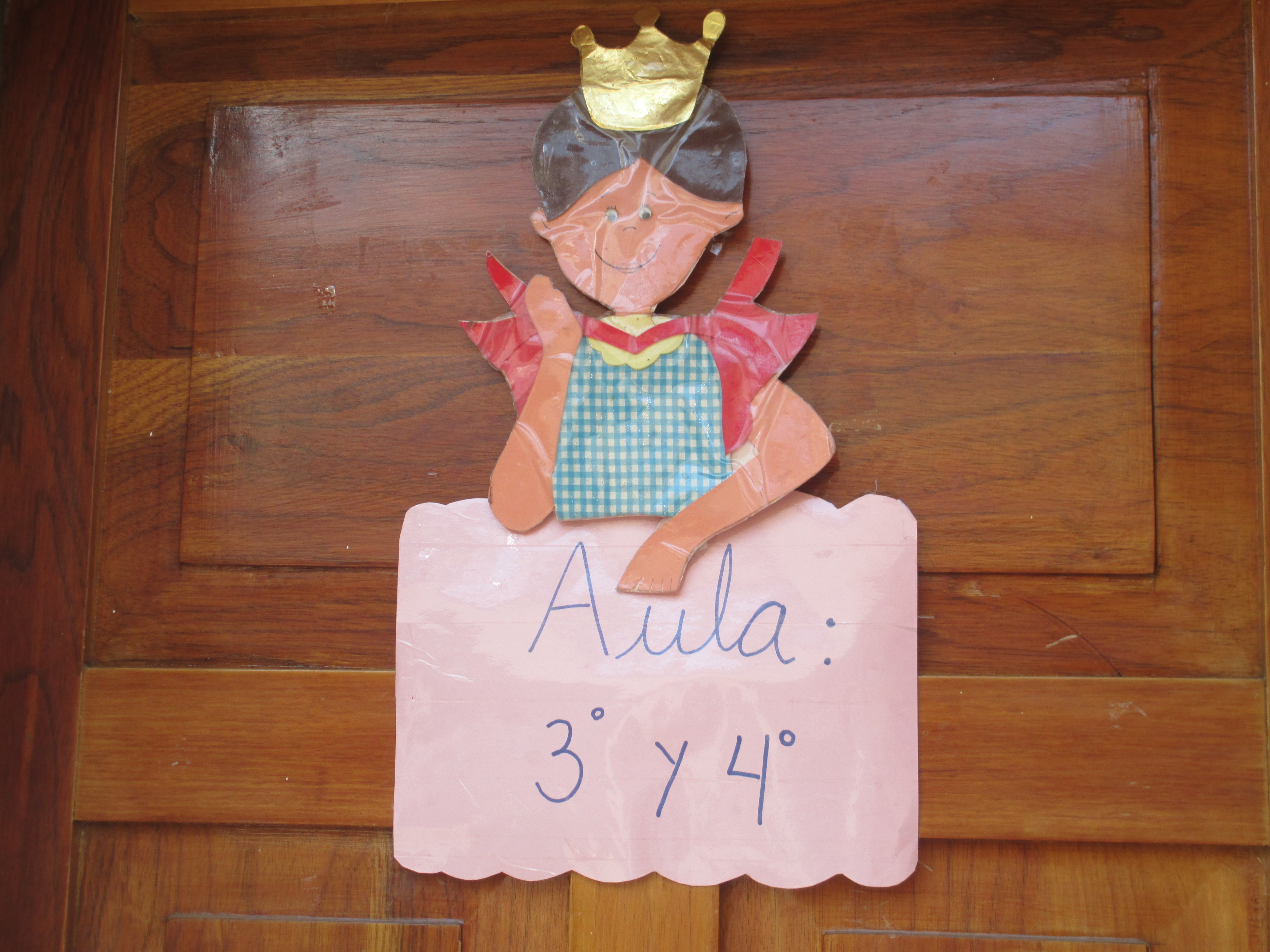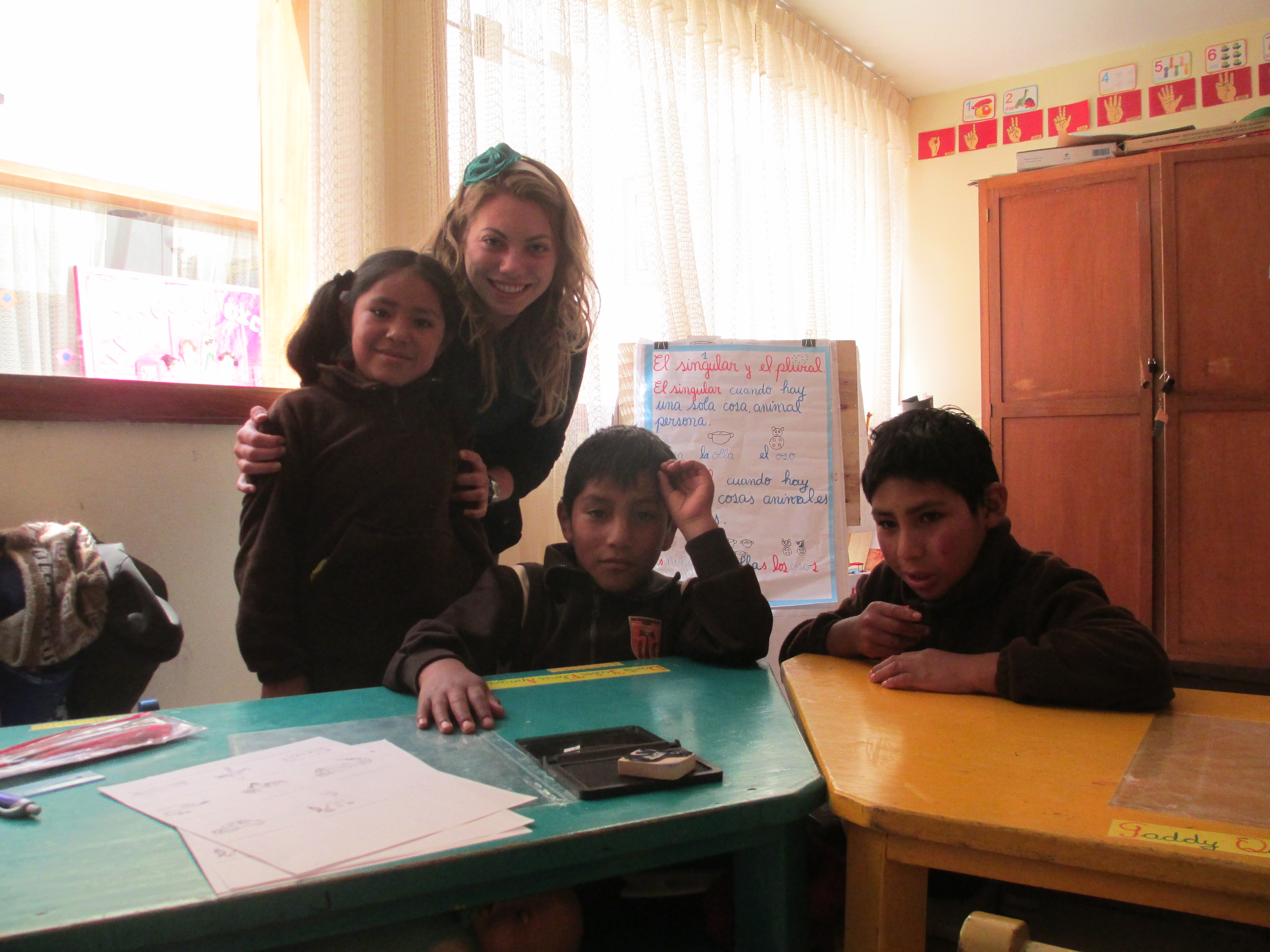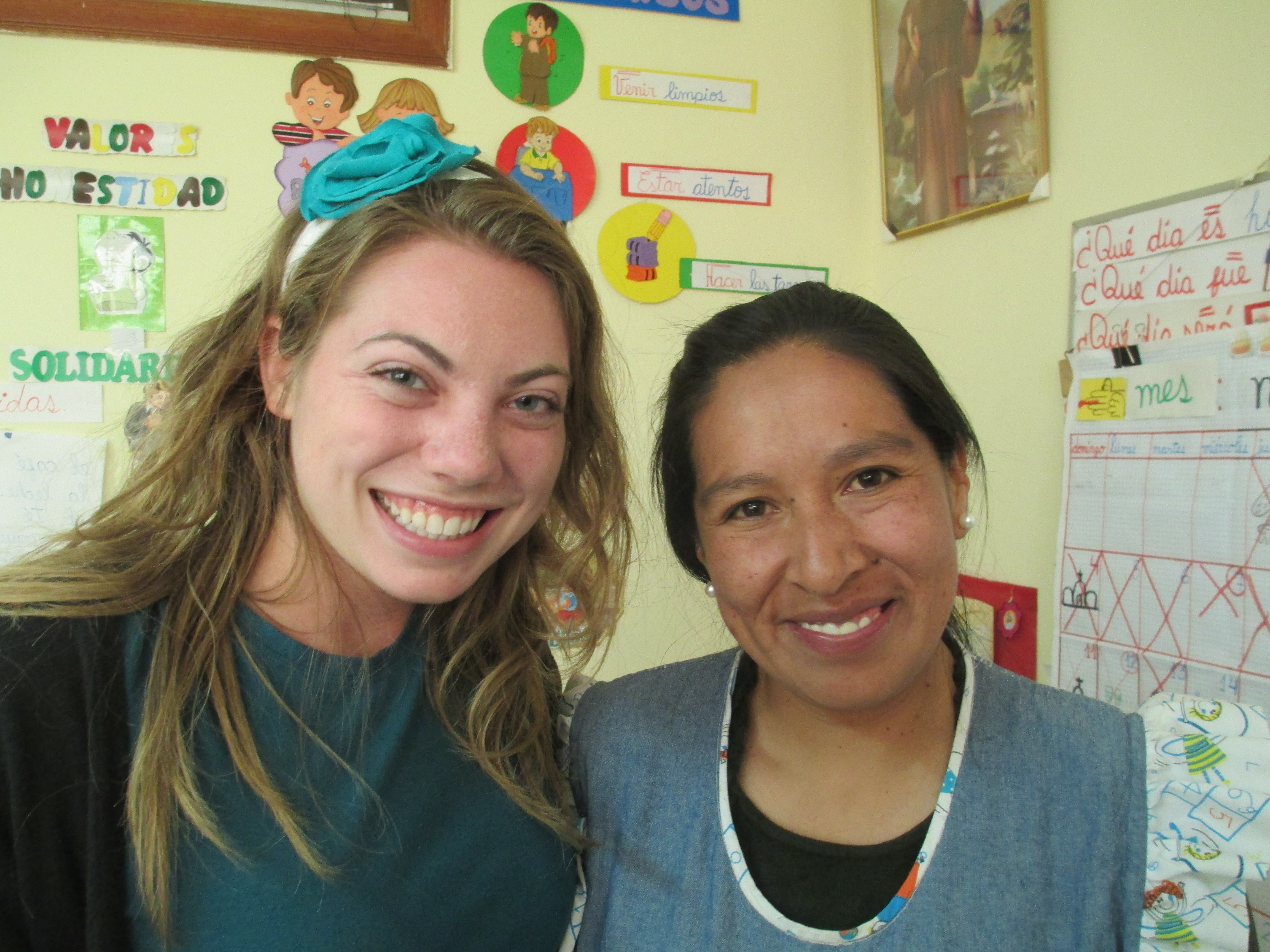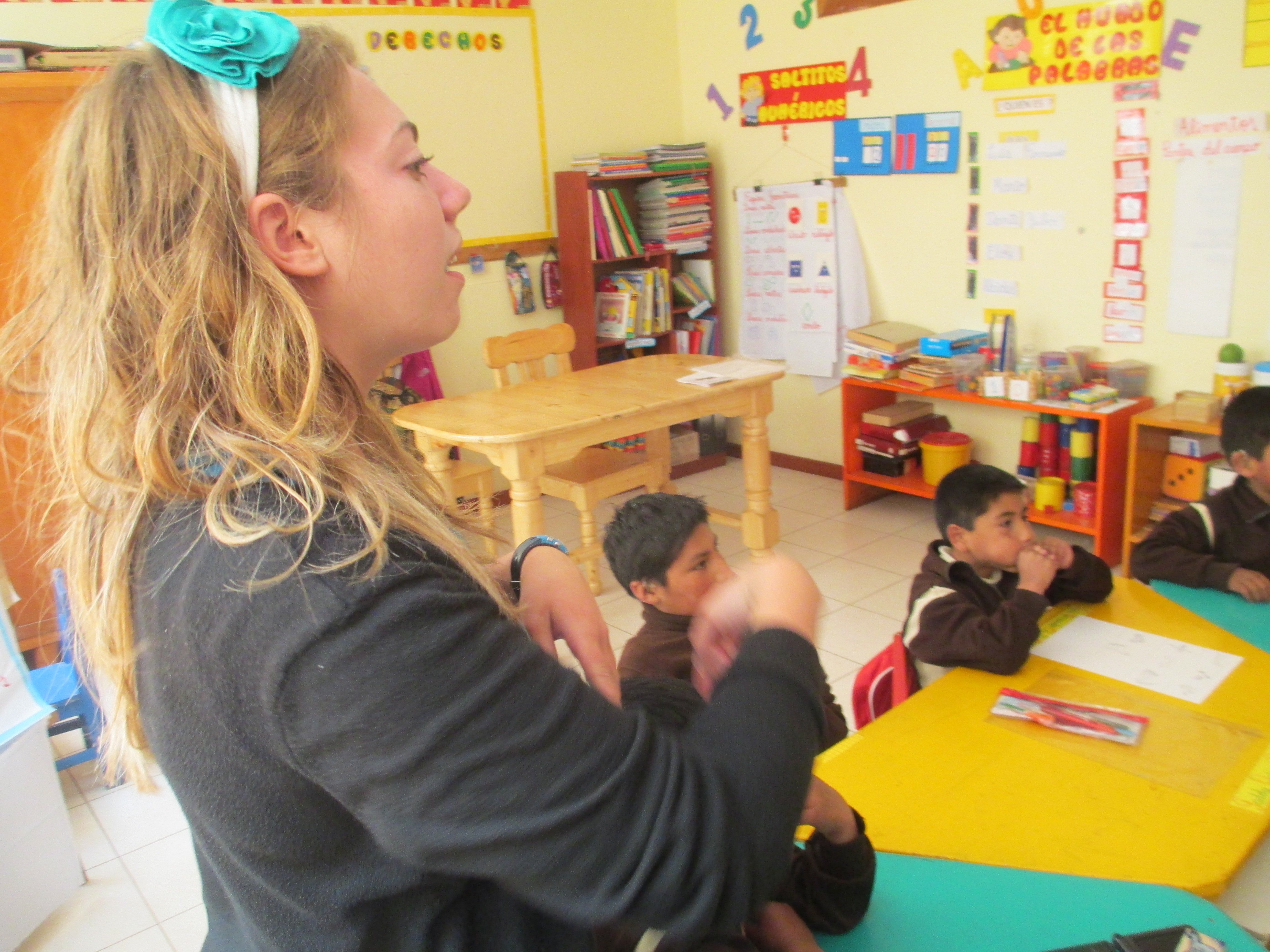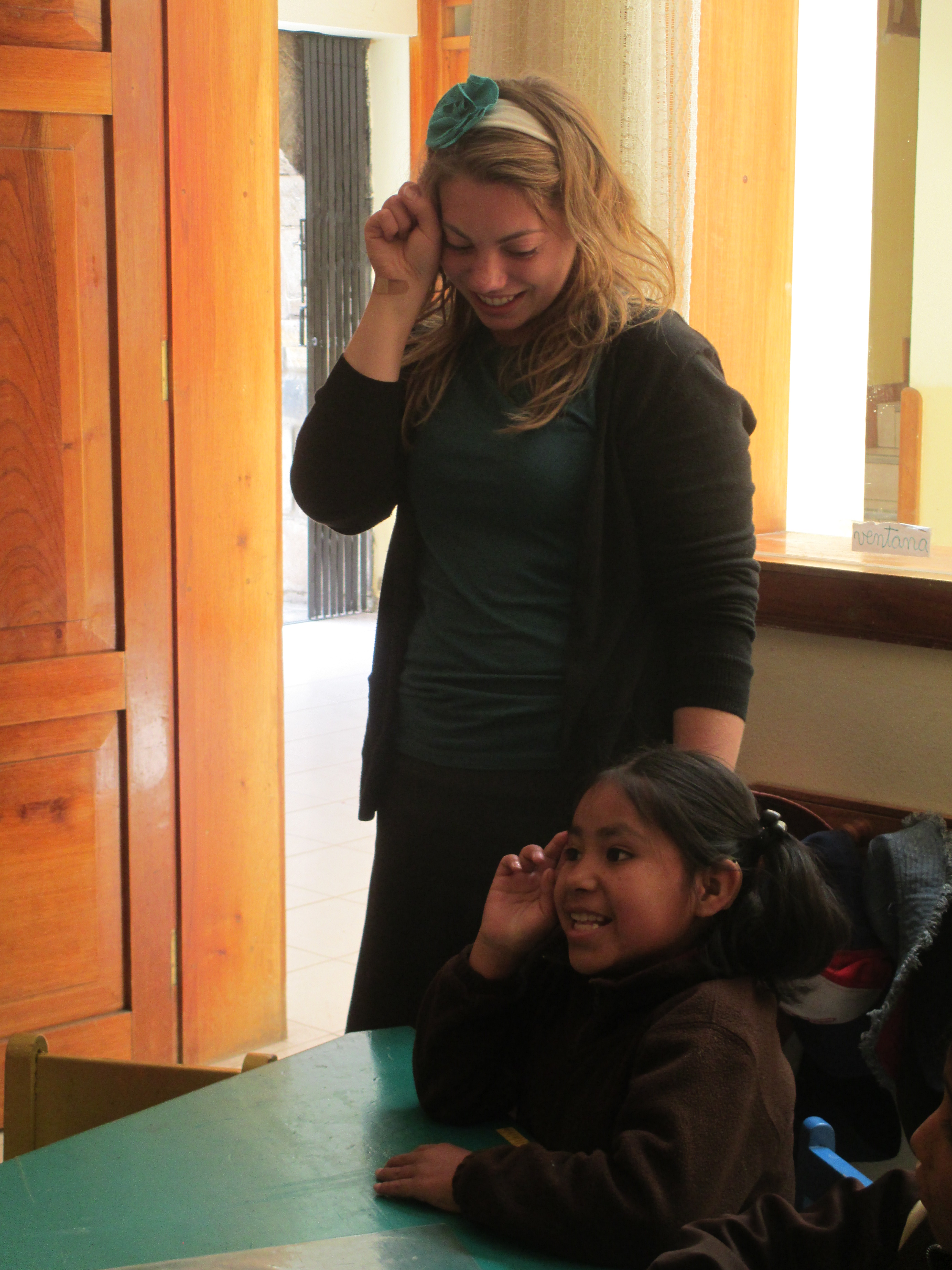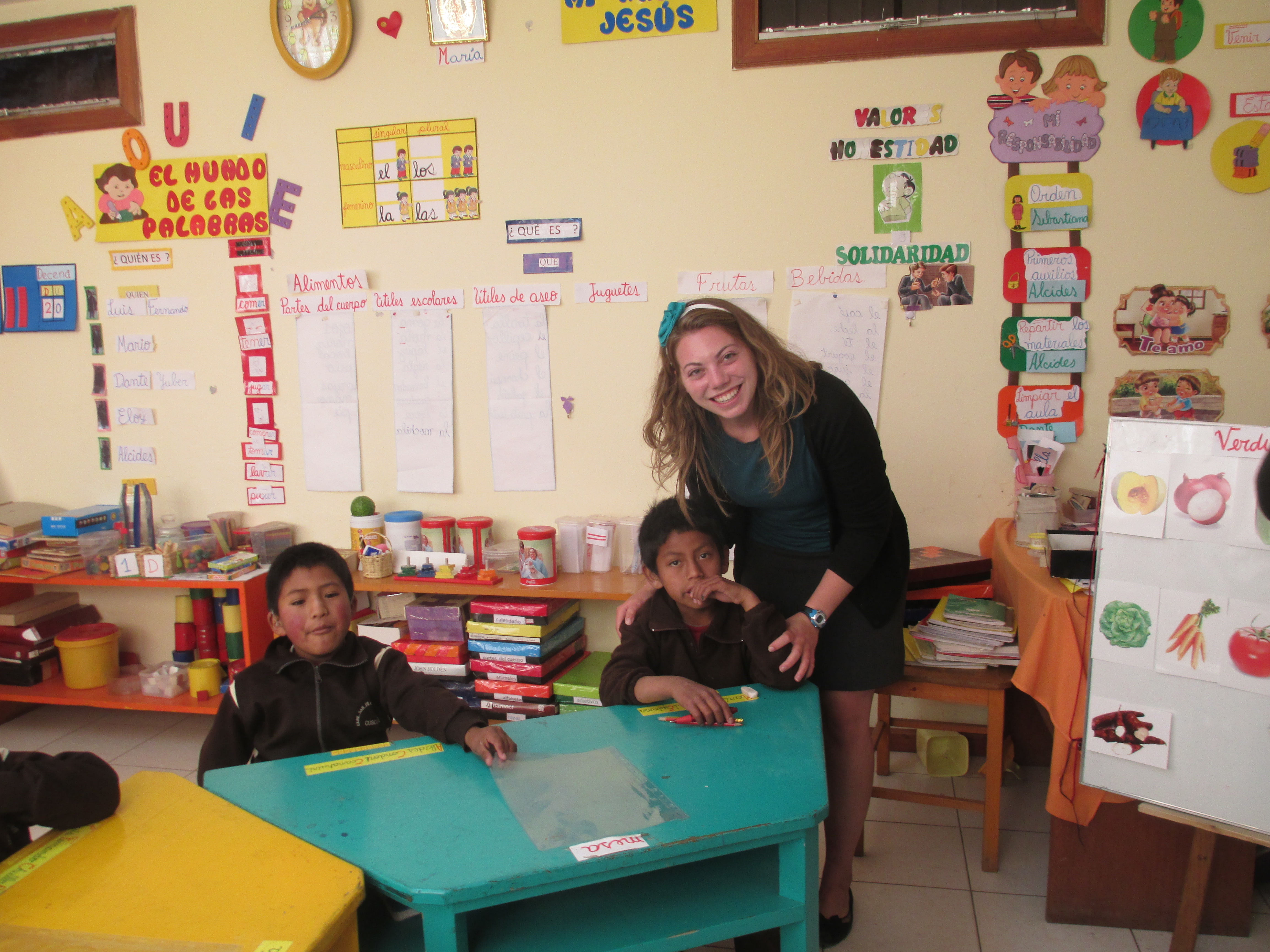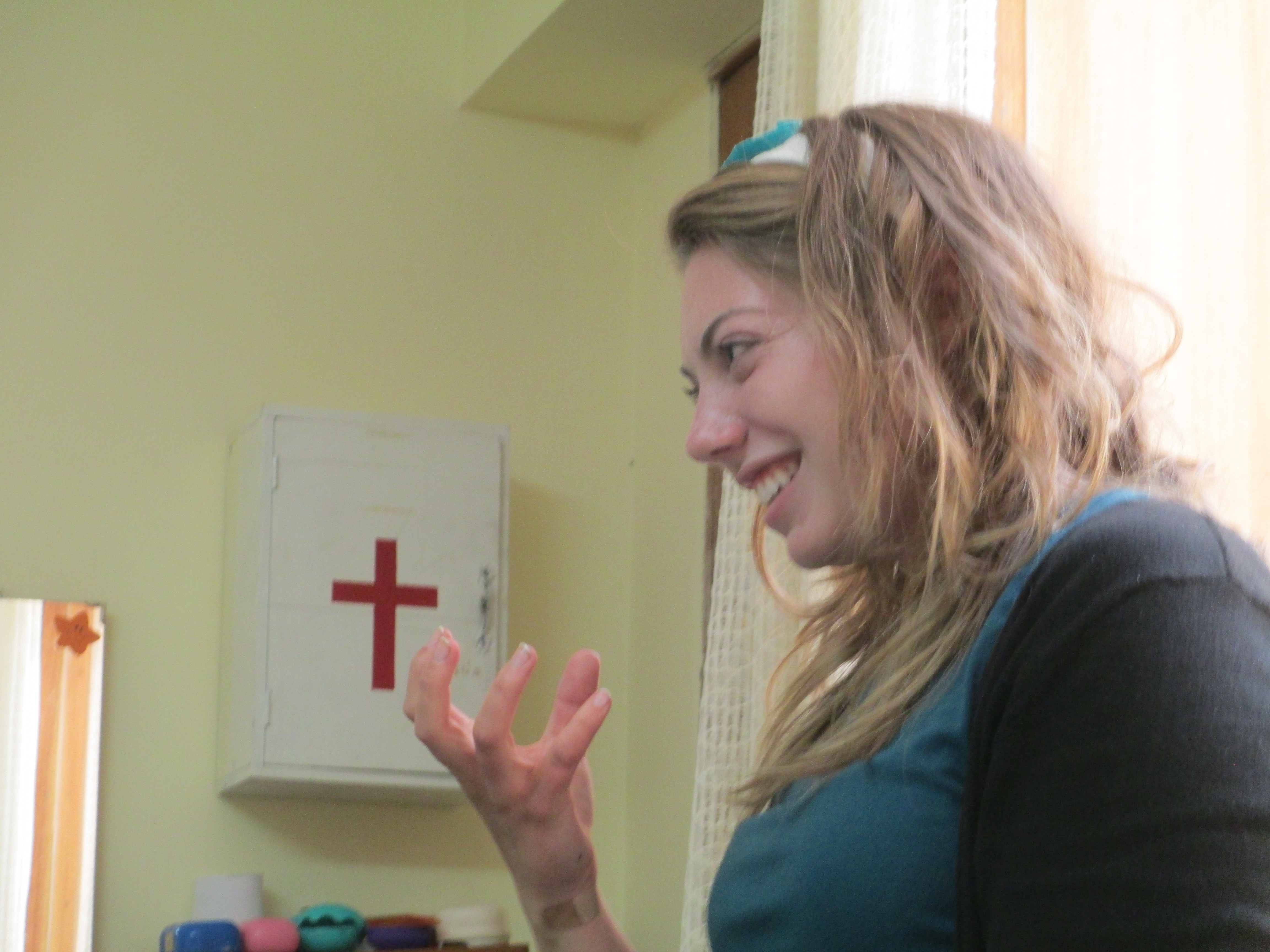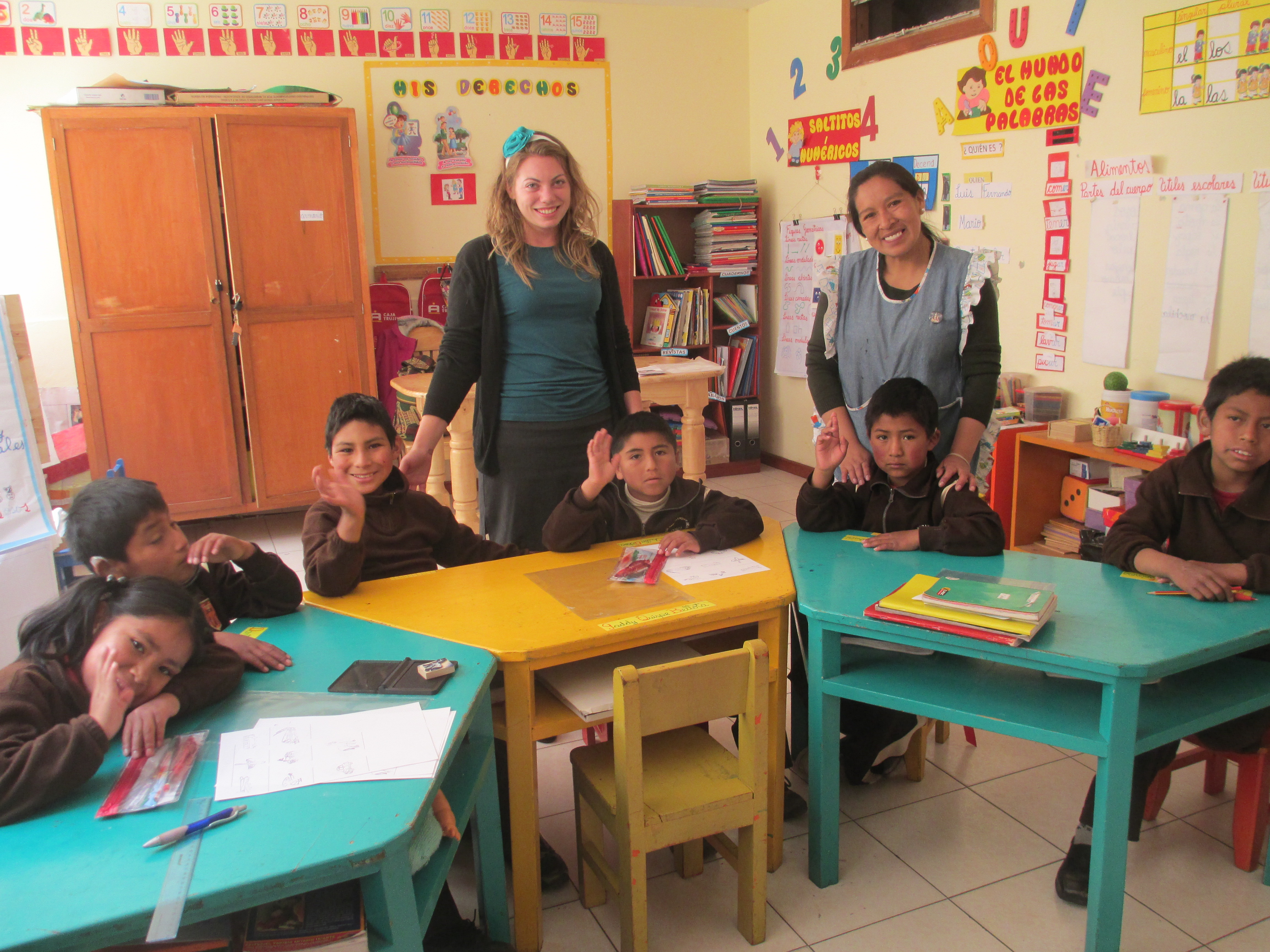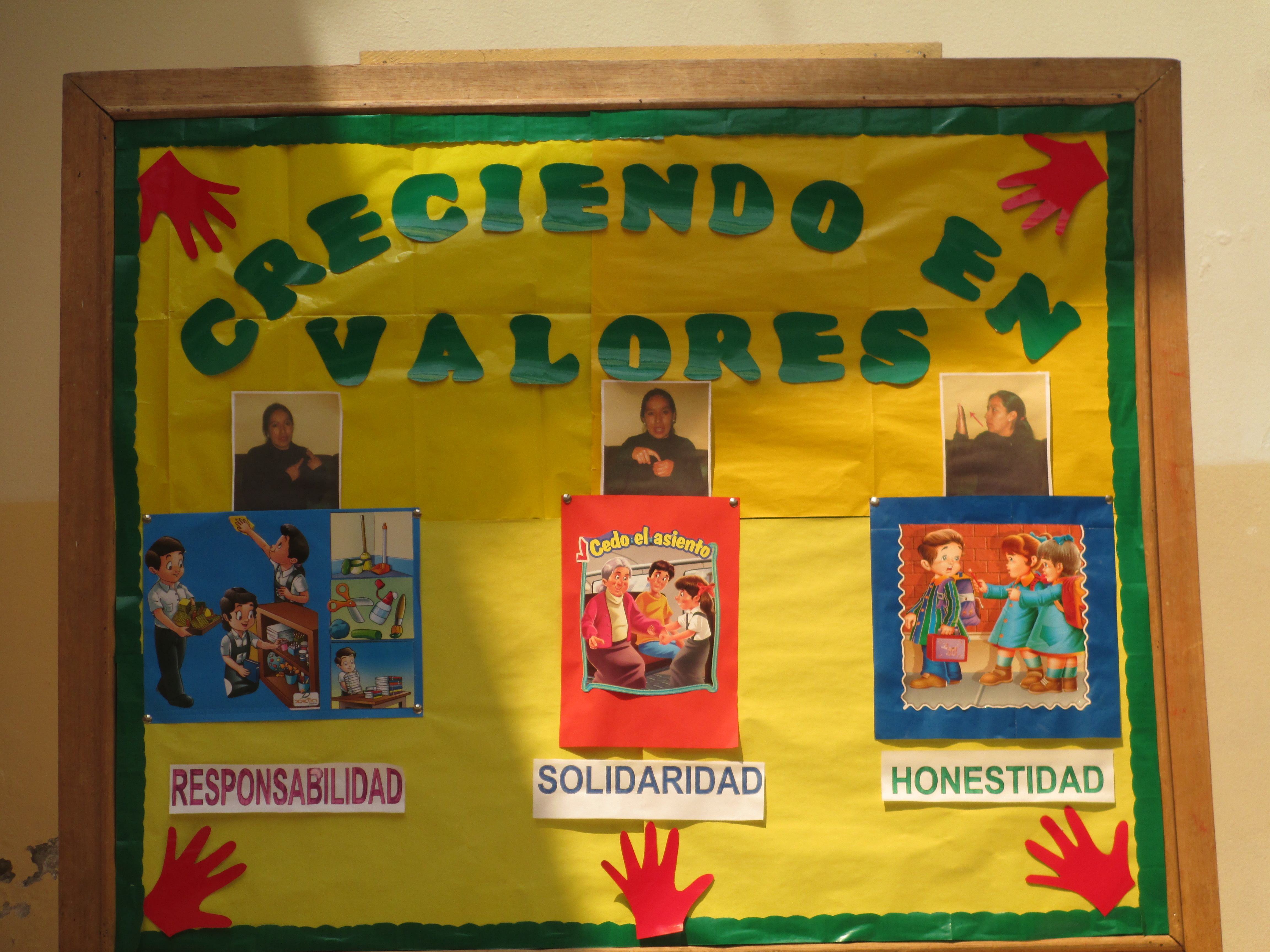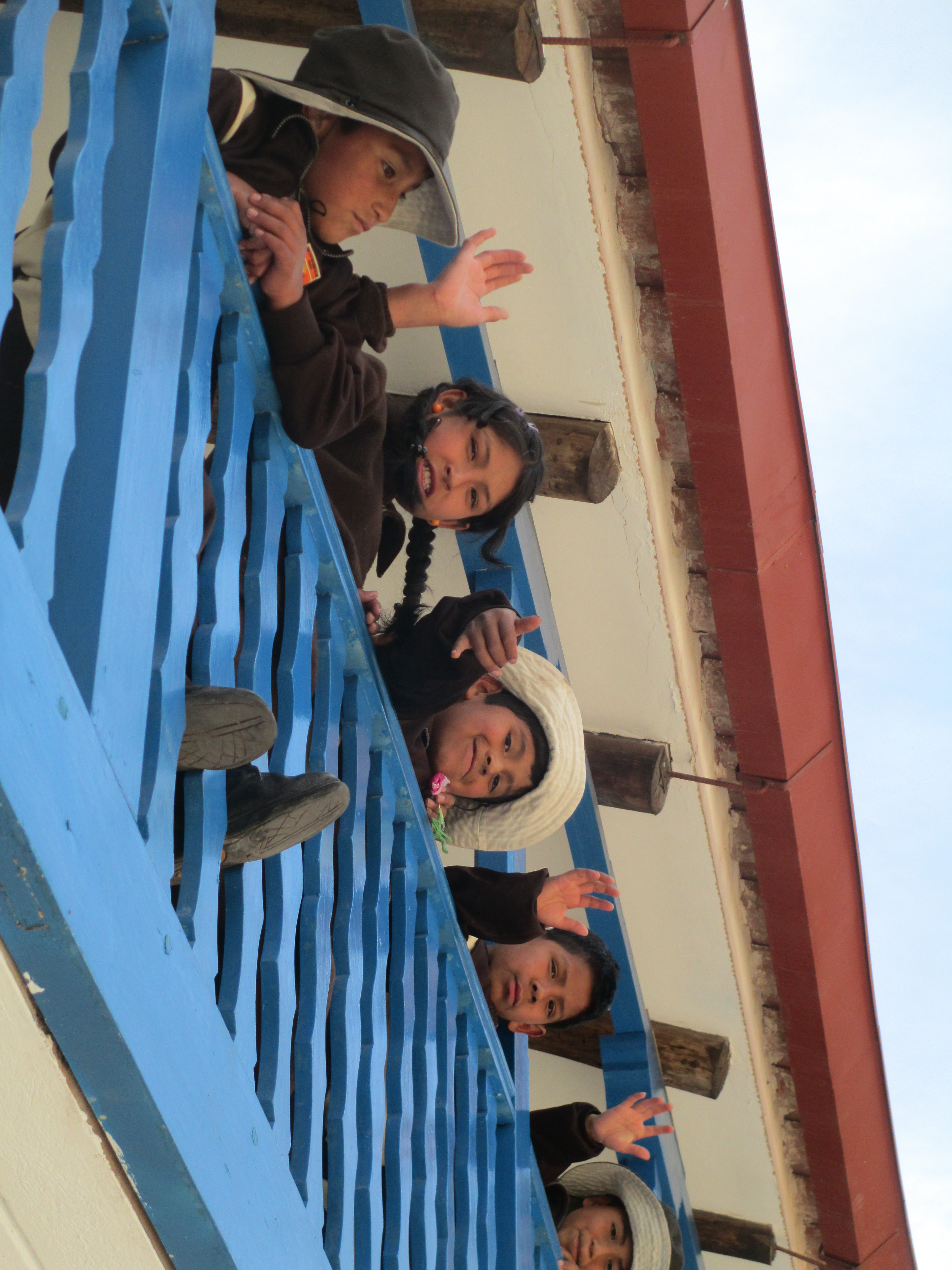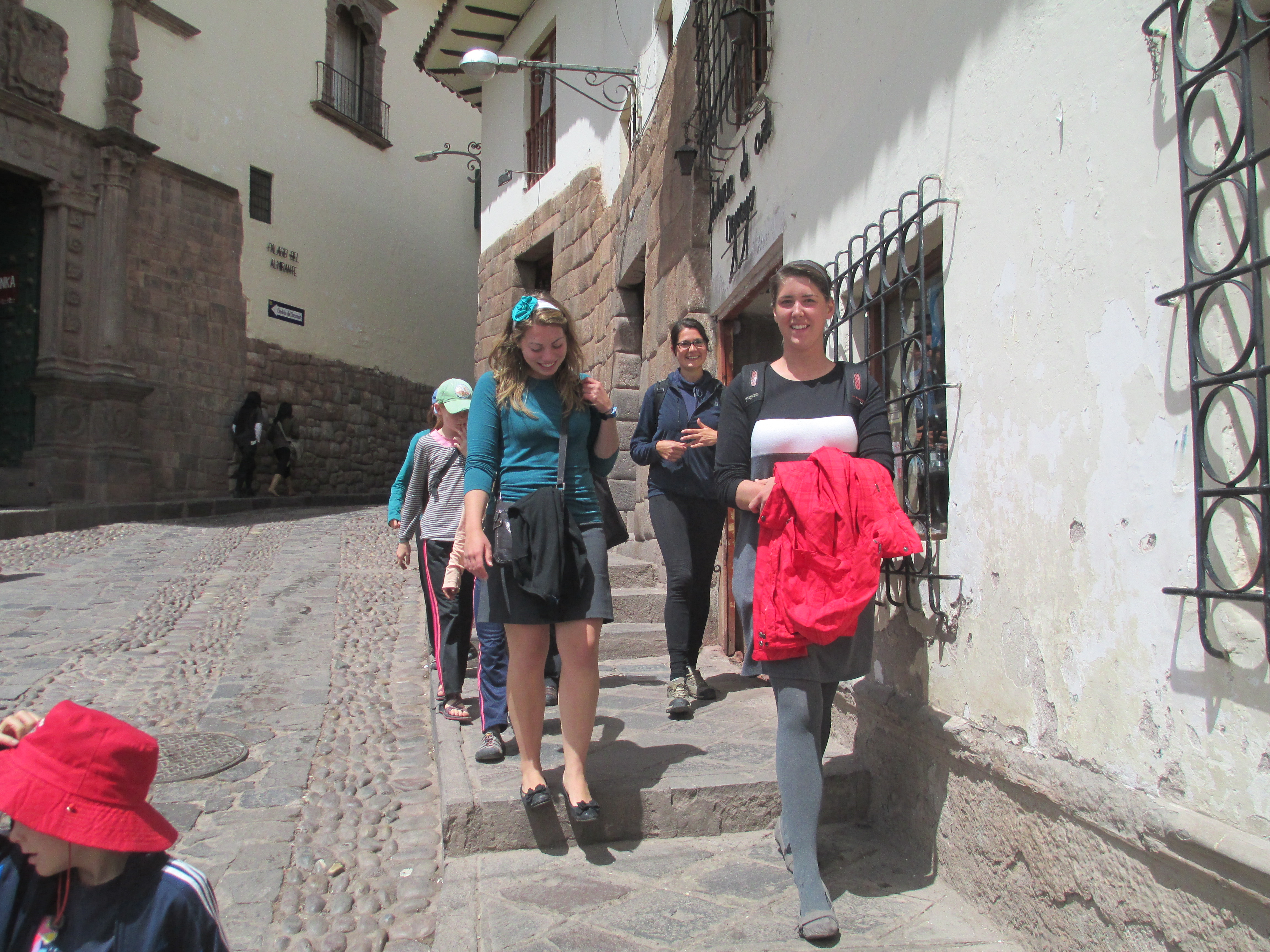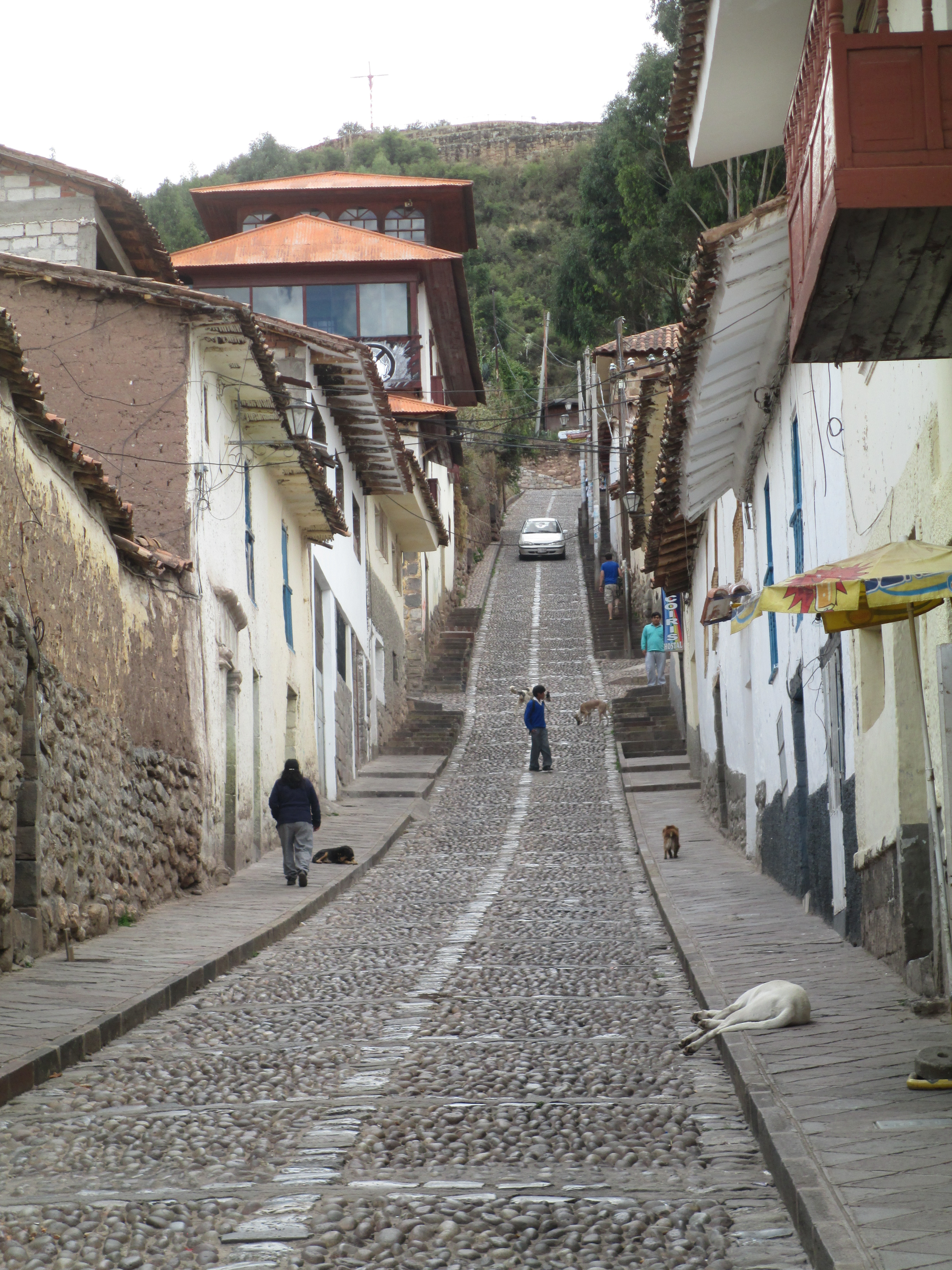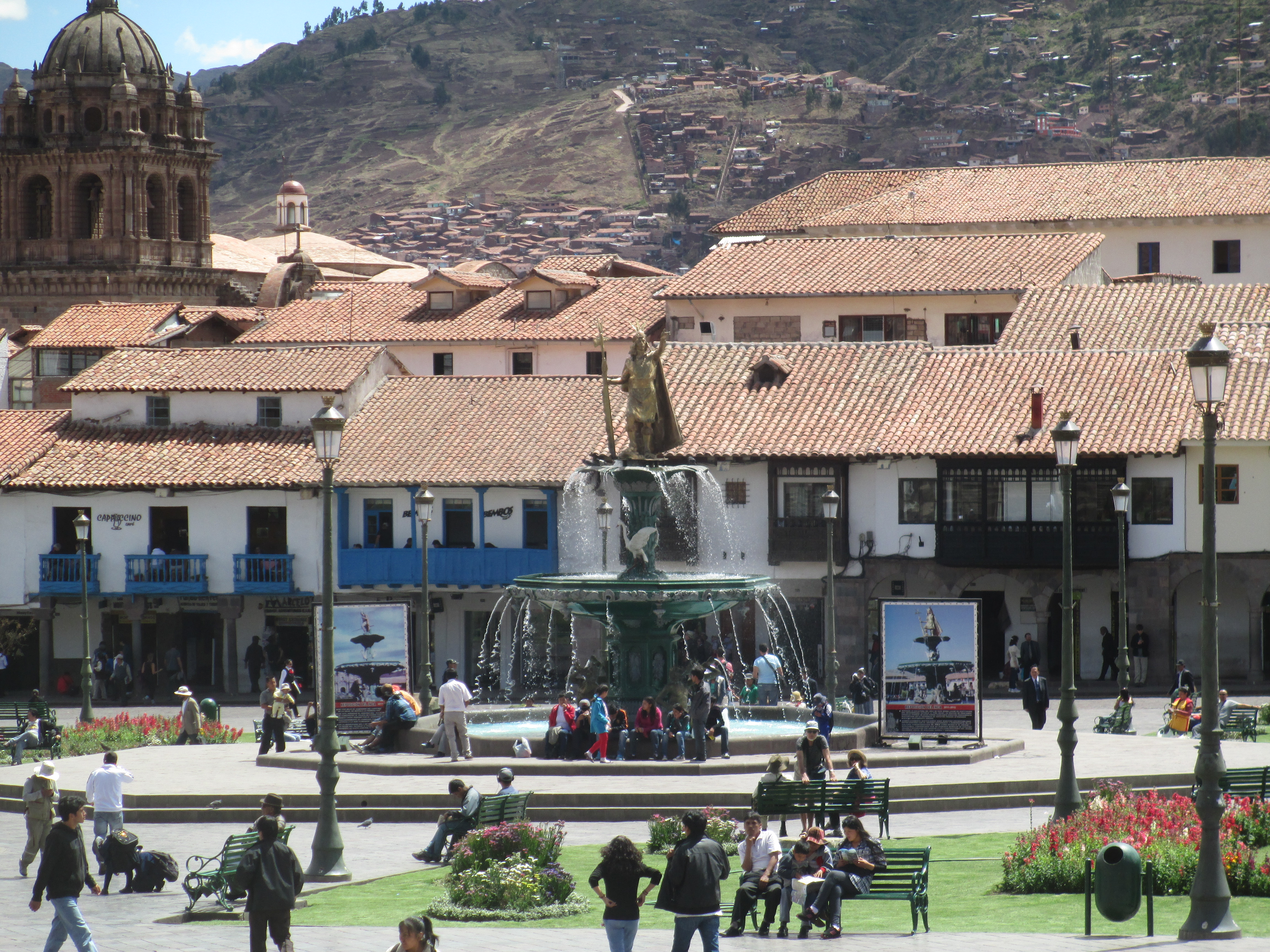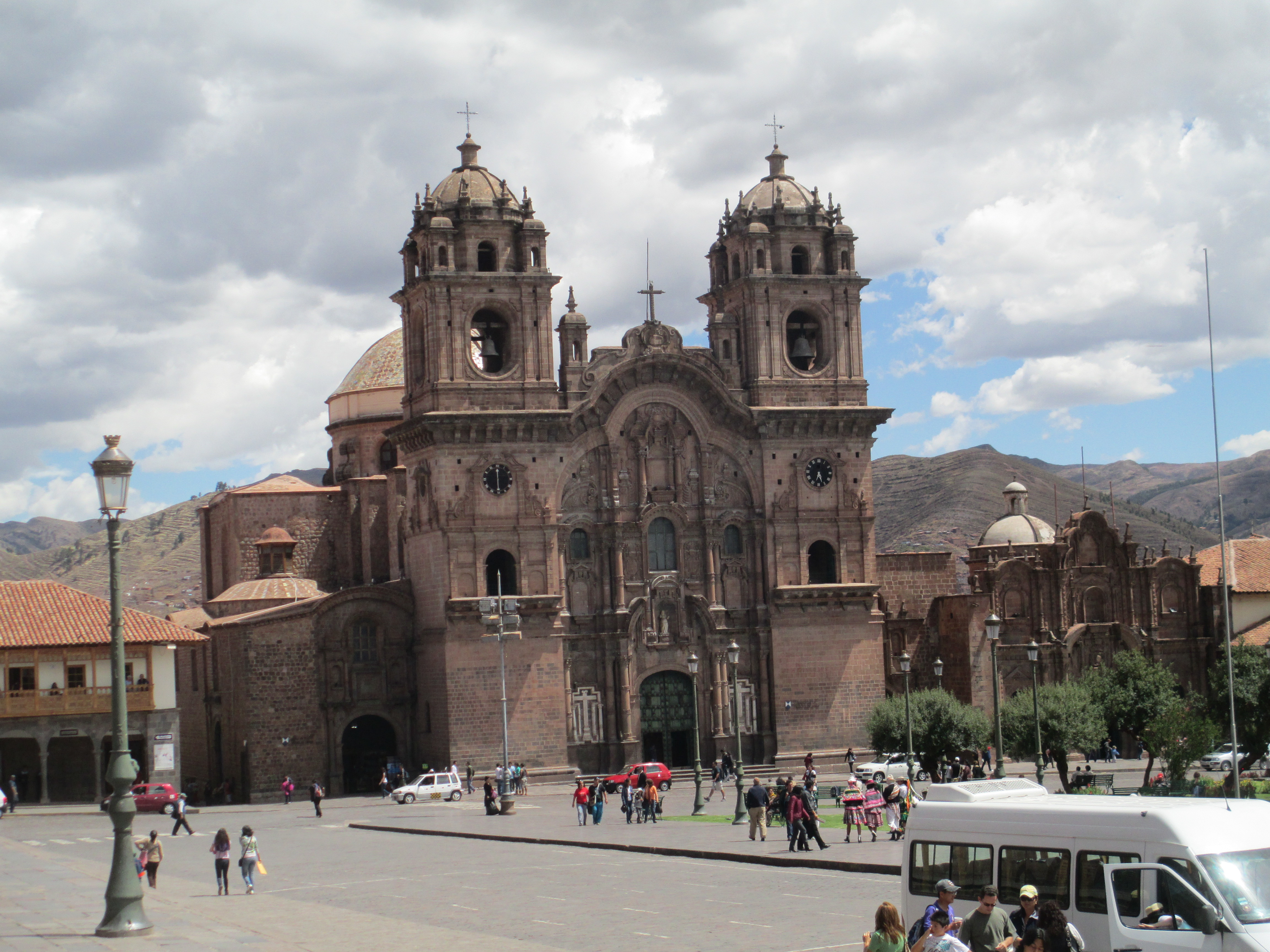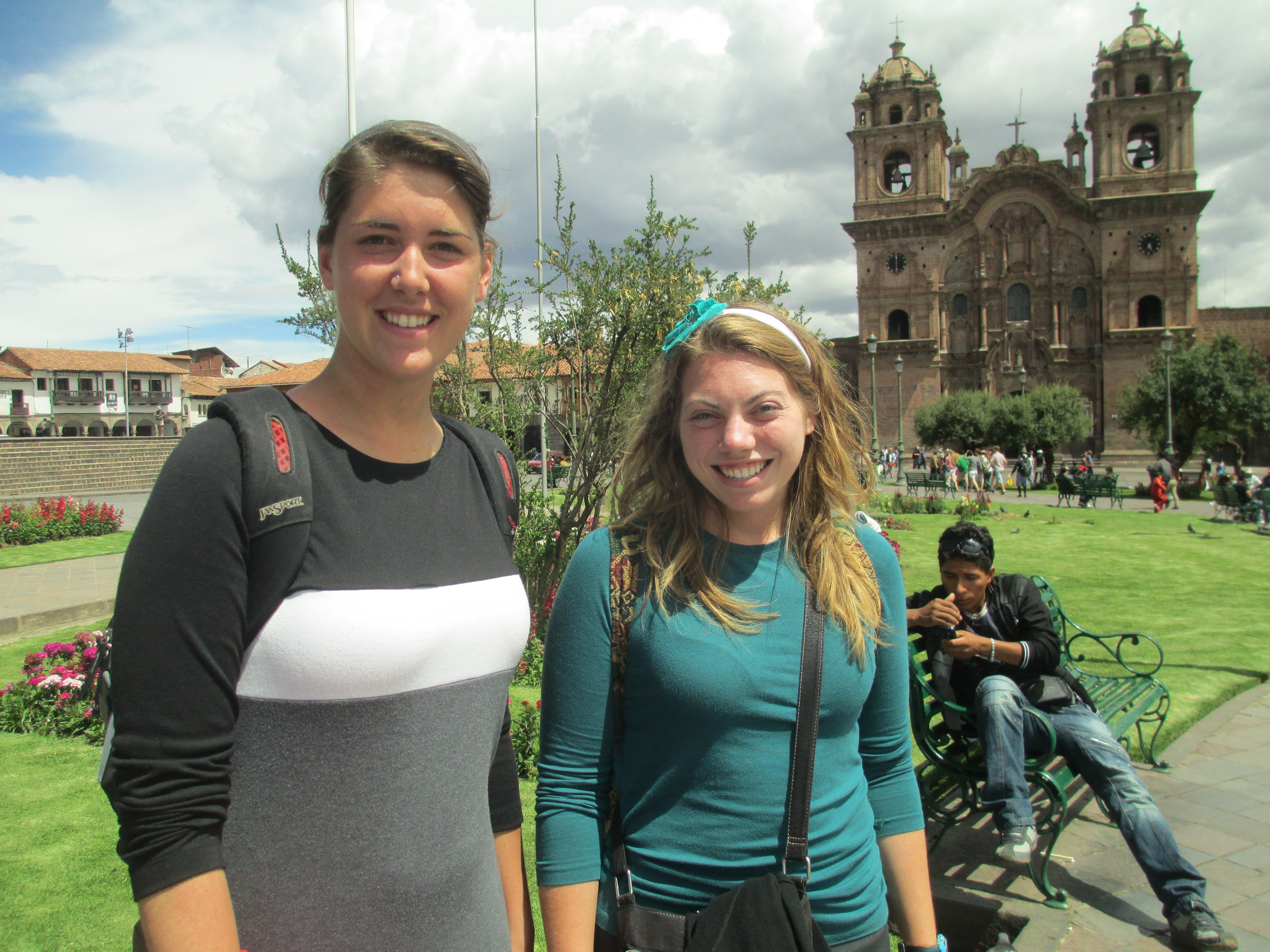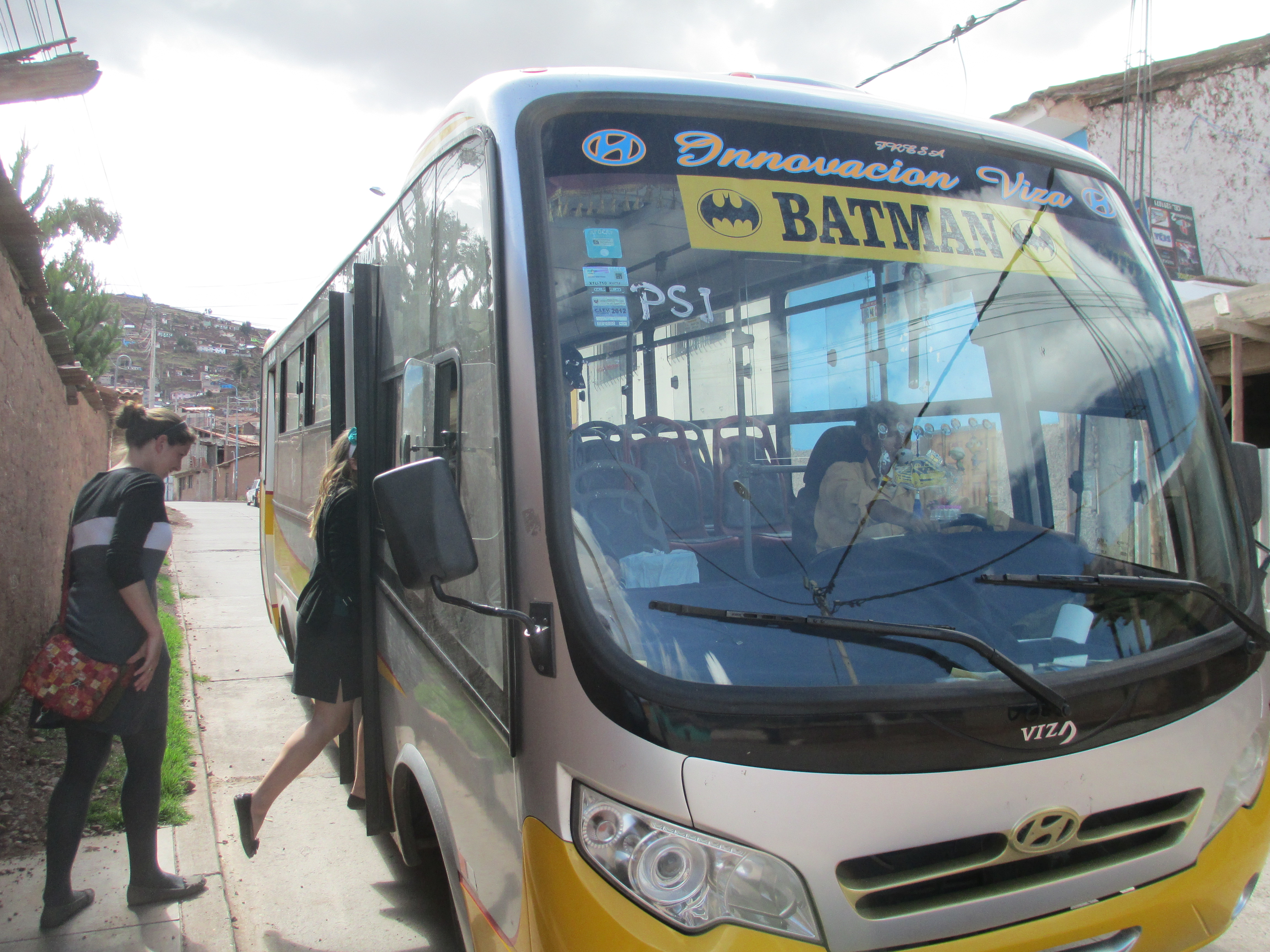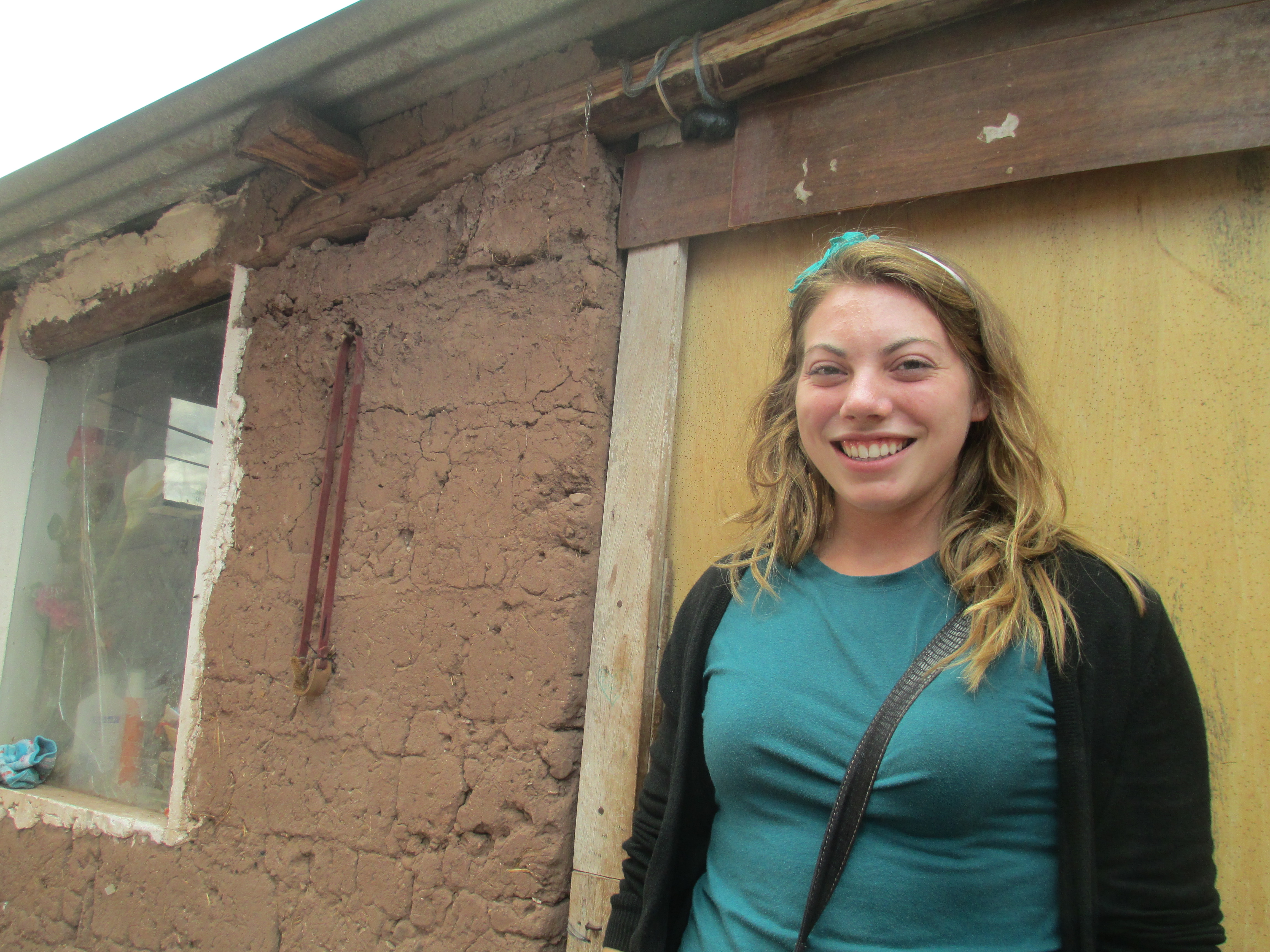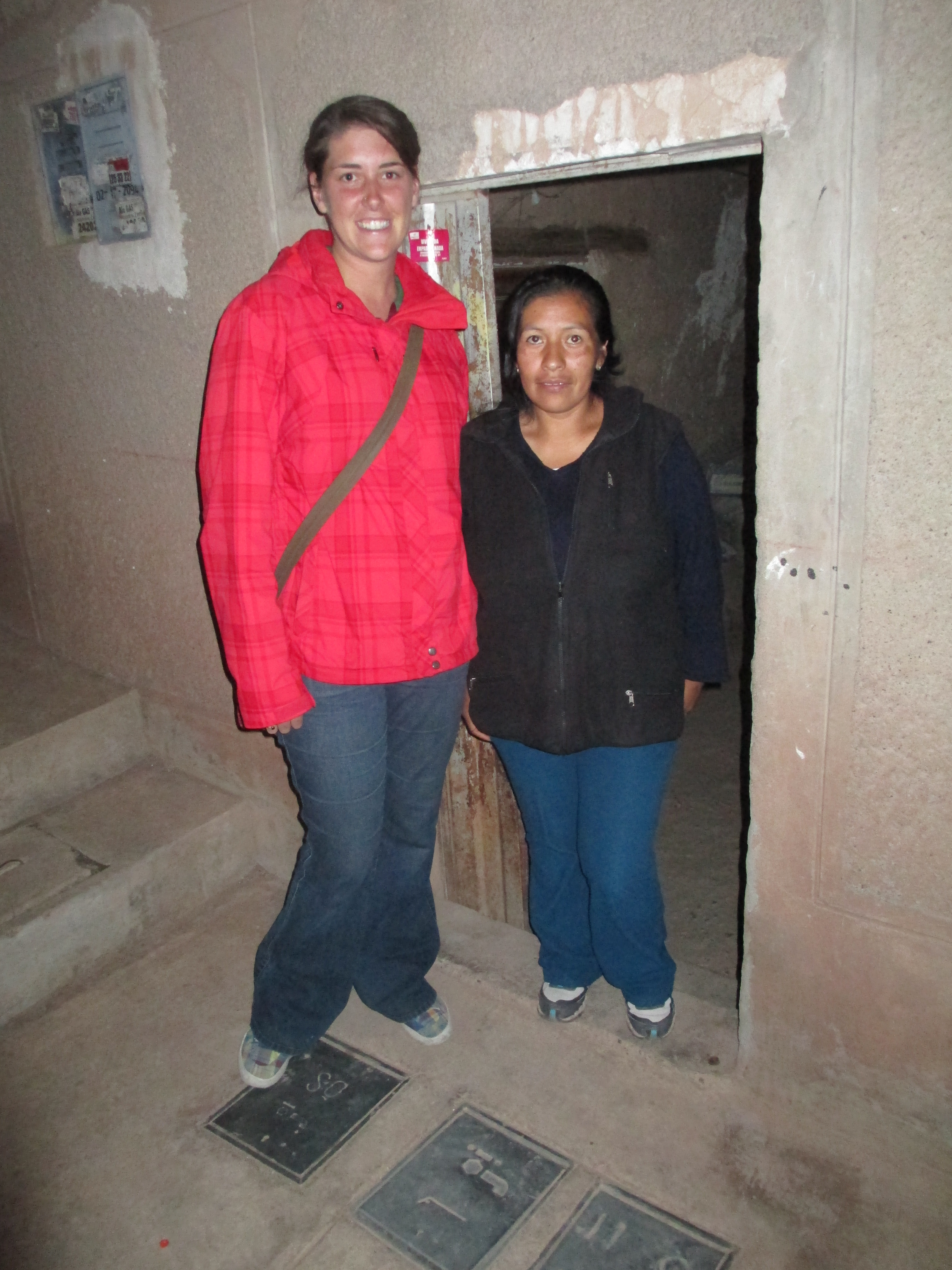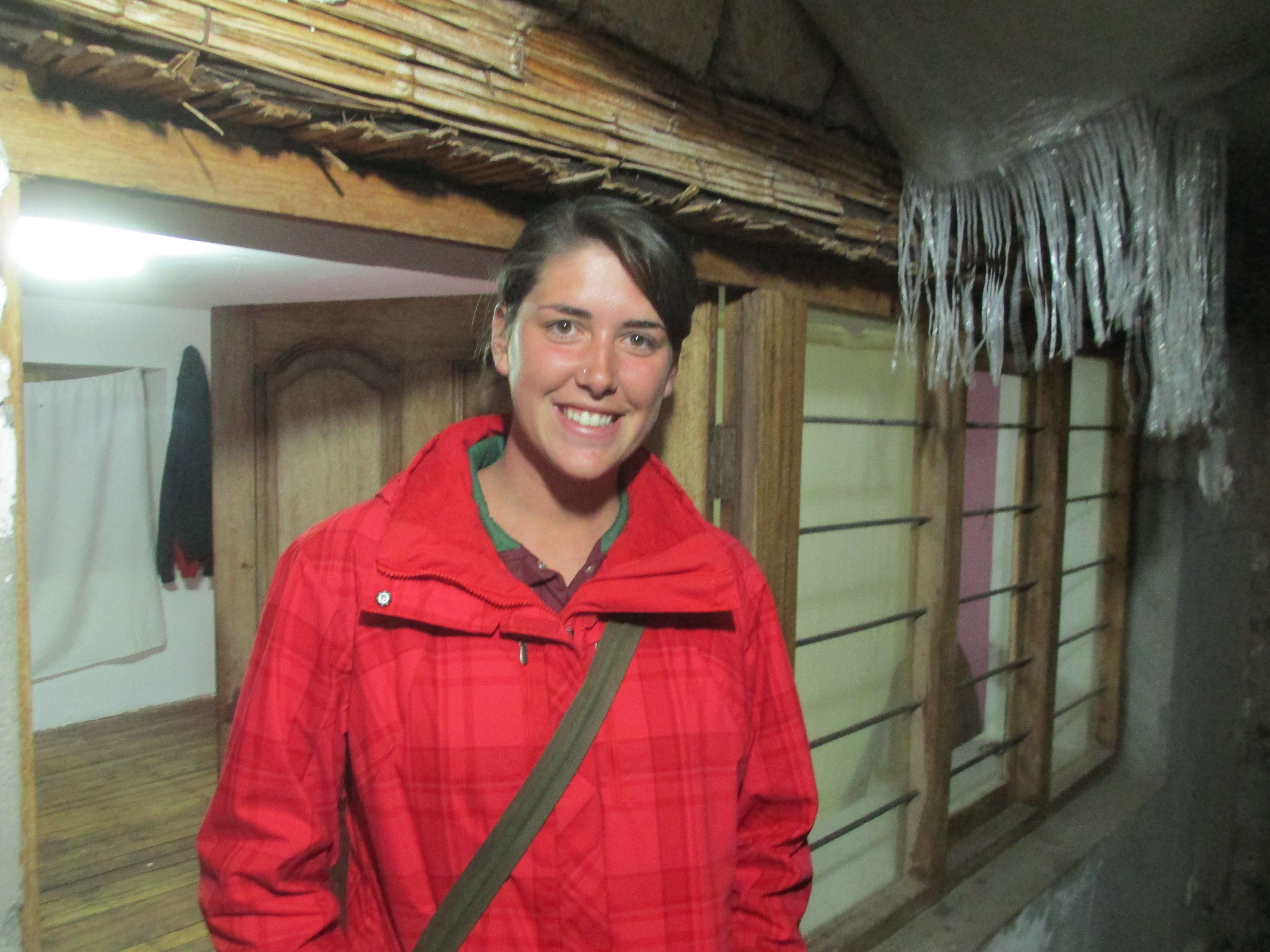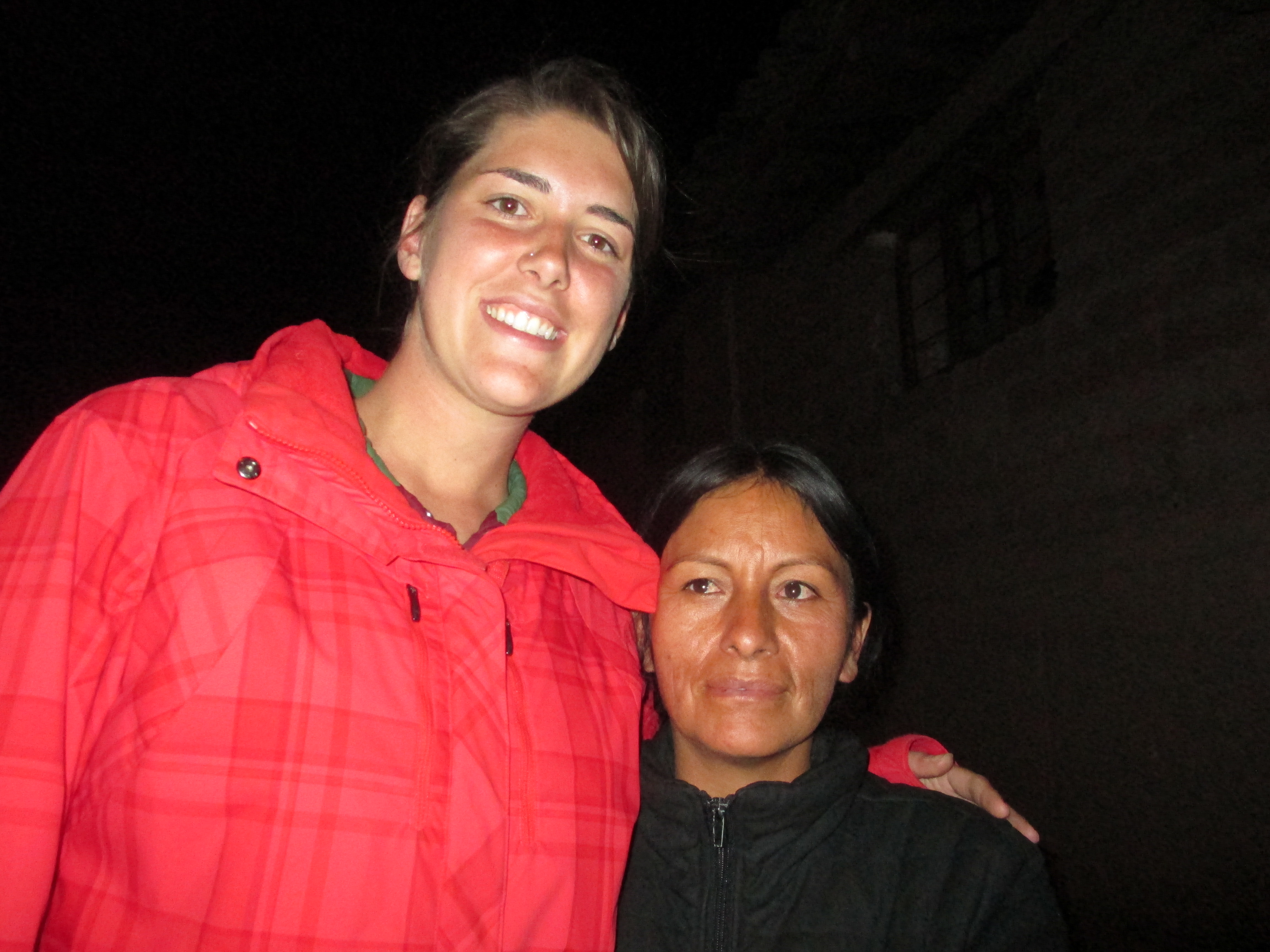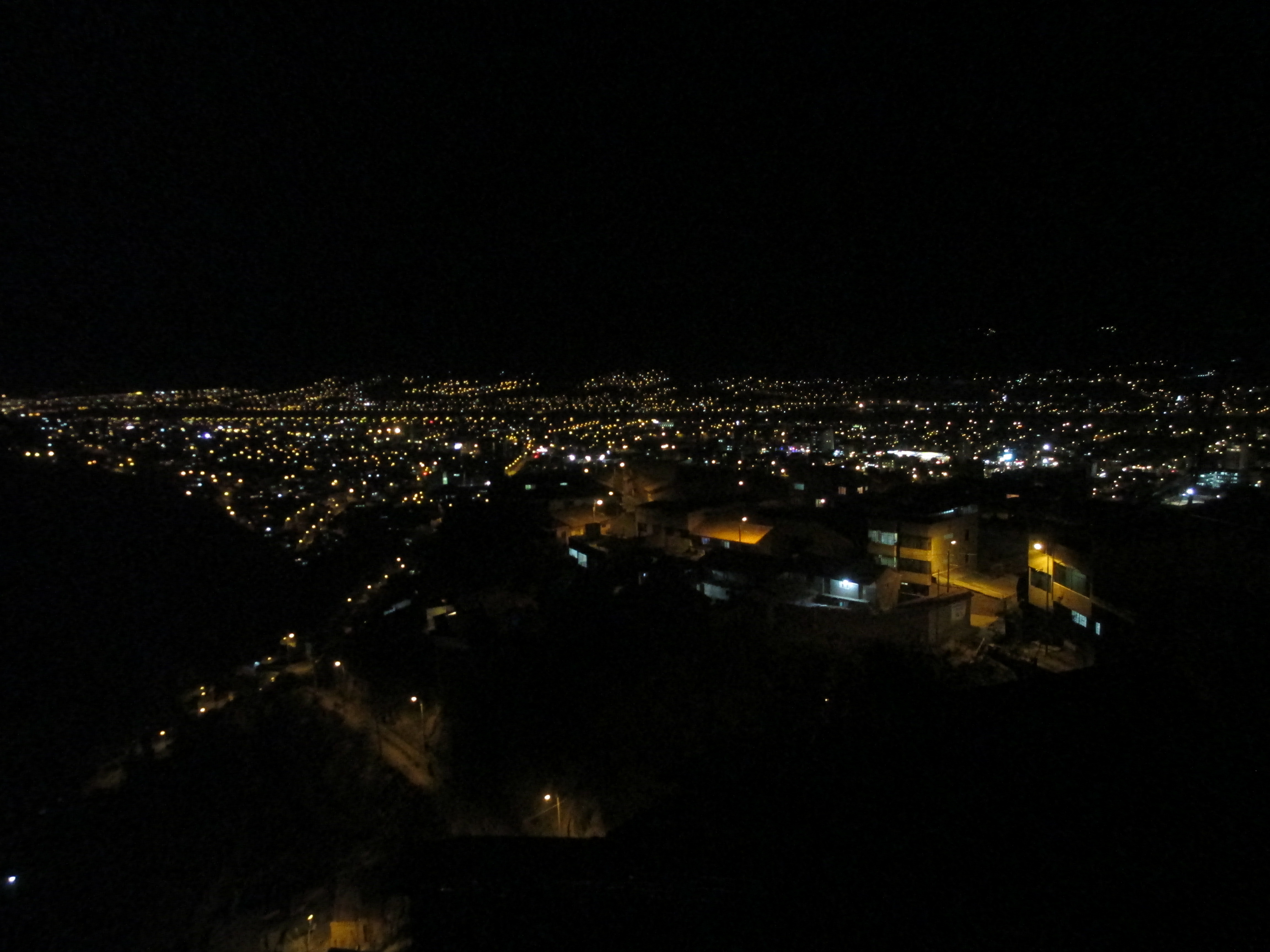Service in Cusco — San Francisco of Assisi
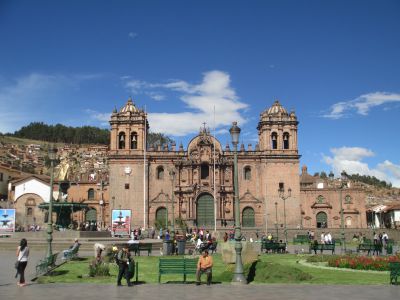
Cusco is a magnificent place. As the capital of the Inca Empire, it was so central to their people’s existence it became known as “the navel of the world.” When Francisco Pizzaro and his motley cohort of conquistadores came upon the city in 1533, they marveled at its order, design and architecture. Nearly 500 years later, people continue to flock here from all over the globe to walk its ancient streets, visit its churches and museums, sample its Andean cuisine and visit the countless archaeological sites scattered throughout the region. According to a recent government report, in 2011 more than 800,000 international visitors traveled here.
But there is another side to Cusco, a perspective seldom seen by foreign tourists. Each year countless children are either born deaf or lose their hearing due to illness or injury. Too often they receive little or no medical attention, and slip quietly into the background of mainstream society. Many drop out of, or simply never enter, the school system. Some find work in construction or as street vendors, selling sodas or snacks to passersby. Many others resort to begging, handing strangers printed cards that explain their disability in Spanish or English and requesting a modest donation to help feed themselves and their families.
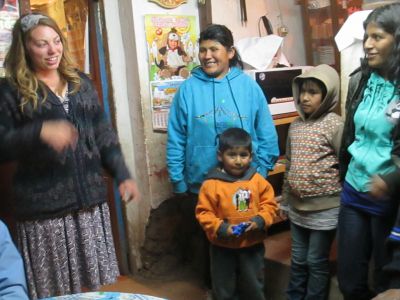
Most hearing-impaired Peruvians are, of course, intelligent and capable. But learning how to communicate with hearing people, or with each other, can be difficult. Sign language is used by some, though not all, personas sordas (deaf people). But sign language is seldom taught in schools and, since it is not standardized, signs often vary from place to place. The Peruvian government realizes that teaching sign language can help liberate and empower the deaf community, but it lacks qualified teachers and interpreters to promote its use, even in cities like Cusco and the nation’s distant capital, Lima.
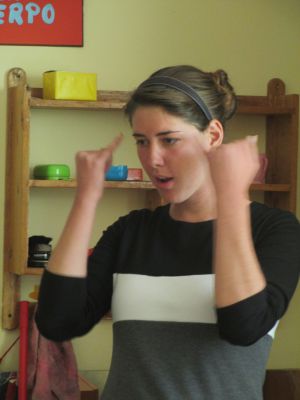
Anna and Mia are volunteering at Centro Educativa Básico Especial San Francisco de Asís (San Francisco of Assisi Special Education Center), a school and children’s home managed by Catholic nuns with support from the Franciscan order. All of the children who live and study here are deaf. Anna and Mia are American Sign Language majors and practiced communicators. Both are keen to learn the local variations of what is sometimes called Lengua de Señas Peruana (Peruvian Sign Language). As teacher’s aids at the school, they spend each day in the classroom, assisting with instruction, individual supervision and behavior management. Some of the teachers are fluent in sign; others, surprisingly, know very little. Sometimes Anna and Mia find themselves in the role of interpreter, translating basic instructions and lessons from Spanish into sign language. More often they support the teacher in other ways and give individual attention to children who need help functioning in a formal learning environment. Anna and Mia are bright, patient and positive — essential qualities for helping deaf children learn and grow.
